Introduction
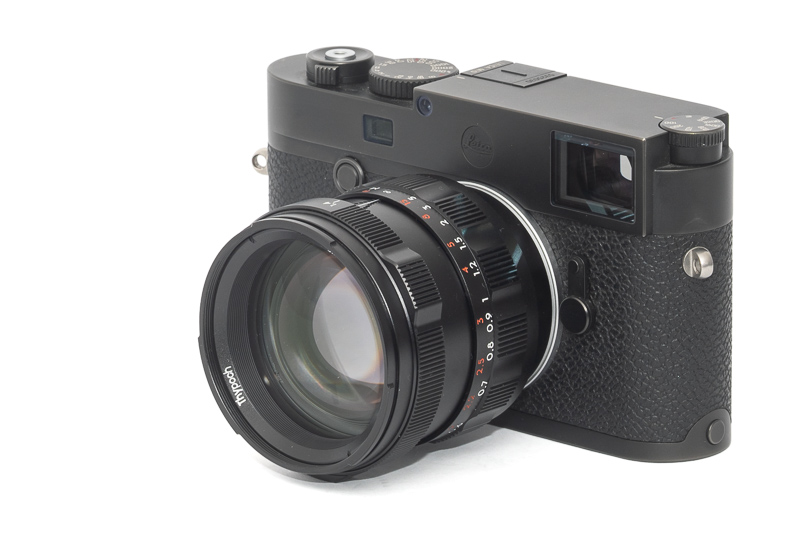
Thypoch continues completing their f/1.4 M-mount lens lineup with this Simera 75mm 1.4. Almost the same size as the Voigtländer VM 75mm 1.5 Nokton, only 40g heavier, but with floating elements and a better minimum focus distance. Is this Thypoch’s best lens yet? Let’s find out in this review!
Sample Images





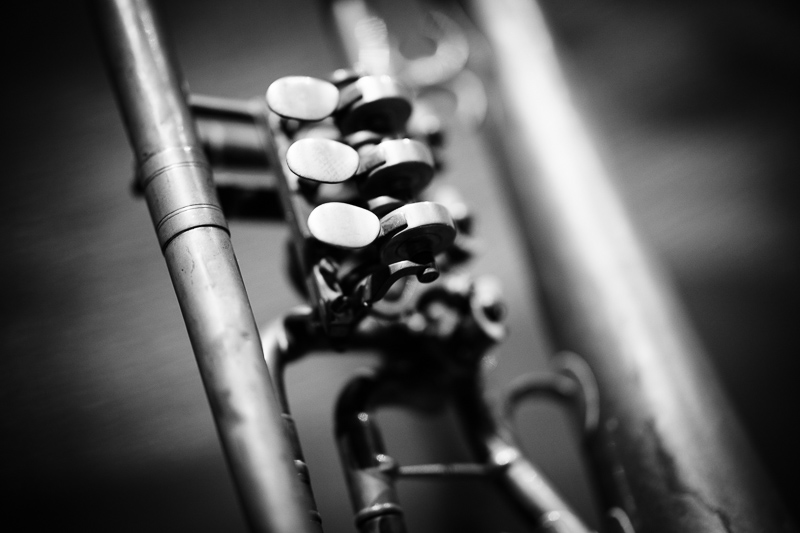



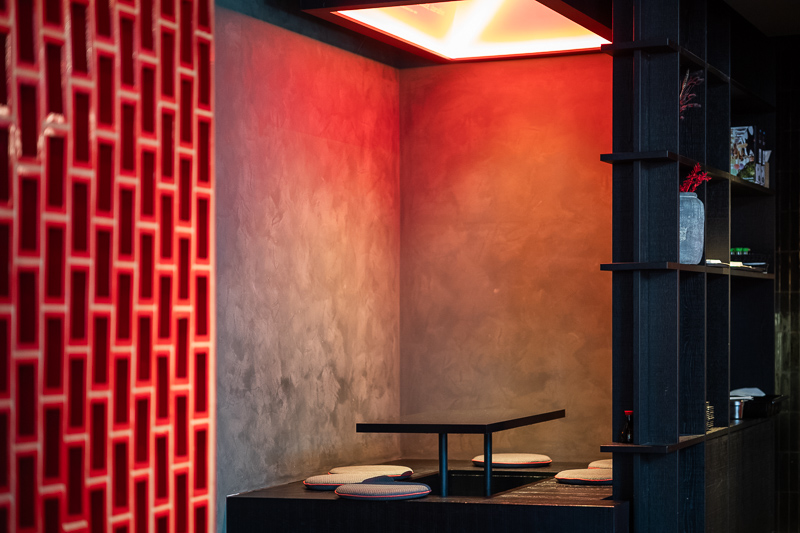
You can find most of the sample pictures in this article in full resolution here.
Contents
Specifications
-
- Diameter: 65 mm
- Field of view: 33° (diagonally)
- Length: 64 mm
- Weight: 379g (without hood [36g] and caps)
- Filter Diameter: 58 mm
- Number of Aperture Blades: 16 (rounded)
- Elements/Groups: 9/8

- Close Focusing Distance: 0.6 m
- Maximum Magnification: 1:6.0 (measured)
- Mount: Leica M
buy from manufacturer’s shop (use code PRNET for free shipping) | ebay.com | ebay.de | B&H (affiliate links) for $849
Disclosure
Thypoch lend me a sample of this lens for reviewing purposes. Thanks a lot!
Handling/Build Quality

If you had a look at my reviews of the 28mm 1.4 Simera and/or 35mm 1.4 Simera you know I am not a huge fan of some of the mechanical design decisions of these lenses. Luckily the Thypoch guys seem to have listened to the feedback, as after the 50mm 1.4 Simera also this one does not feature an annoying infinity look. The 50mm had a focus tab which interestingly is not the case here. Personally I am happy with that, as I am not a fan of focus tabs, but I am sure some people will miss it.
Like the other Simera lenses also this one features the “Visifocus” distance scale, meaning instead of simple bars or lines we see these red dots that “light up” when changing the aperture setting. As you can see from the picture above it is even less helpful with this longer lens, I would still prefer ditching that thing altogether and giving us a bigger focus ring instead.
Like the 50mm 1.4 Simera, also this 75mm is a front-focus lens. The rear group stays put, the rest of the optical block moves out on focusing closer. This is a very effective optical design and I expect very good performance at closer distances because of it. As you can see from the picture above the lens extends quite a bit on focusing closer.
The focus ring rotates ~120° from infinity to the minimum focus distance of 0.6 m. The resistance is even and actually quite nice. What I like about the focus ring is that it has a distinct click stop at the 0.7 m setting, so you will notice leaving the rangefinder-coupled range.
The aperture ring features a small de-click lever at the bottom. Its resistance is high, so I don’t think there is a high likelihood to accidentally change its setting. The stops are not spaced equidistantly and the click stops are also a bit random – 1/3rd of a stop clicks between f/1.4 and f/4.0, half stops between f/4.0 and f/5.6 and full stops between f/5.6 and f/16 – which makes figuring out how far you stopped the lens down going by the clicks and without looking at it also rather difficult.
There is also some rangefinder blockage, even more when using the supplied round hood. The situation here is very similar to the Voigtländer VM 75mm 1.5 Nokton.
The calibration of the rangefinder was quite alright on this sample and the rangefinder reading at infinity also matches the lens’ true infinity focal plane.
All the markings are engraved and filled with paint. The writing has also been improved compared to previous Simera lenses, as it is not as cramped together anymore.
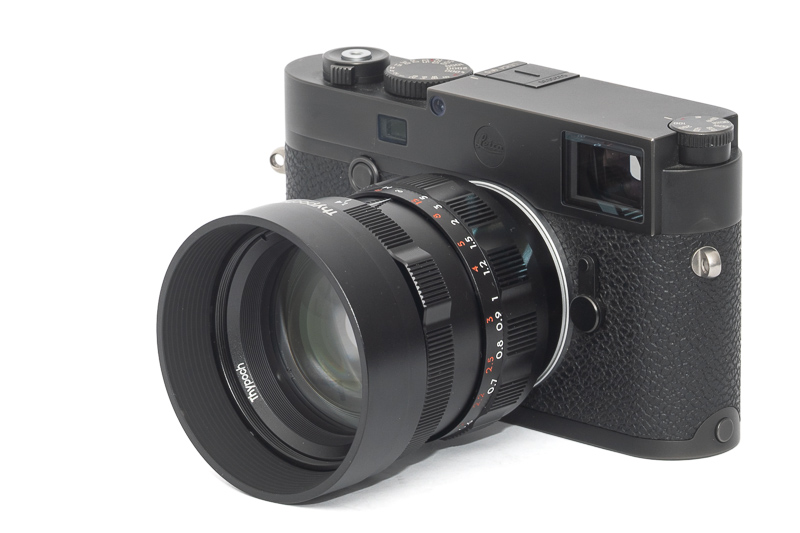
This is the first Simera lens featuring a round instead of a square hood. I actually struggle more than I should attaching it, as there is no dot for alignment to be found.

This Simera 75mm 1.4 is very similar in size to the Voigtländer VM 75mm 1.5 Nokton. It is 40g heavier, but also features a floating elements design.

You can of course adapt this M-mount lens to all kinds of other mirrorless cameras. As it features a floating elements design you should pay attention that your adapter has the correct length though.
Vignetting
Light falloff
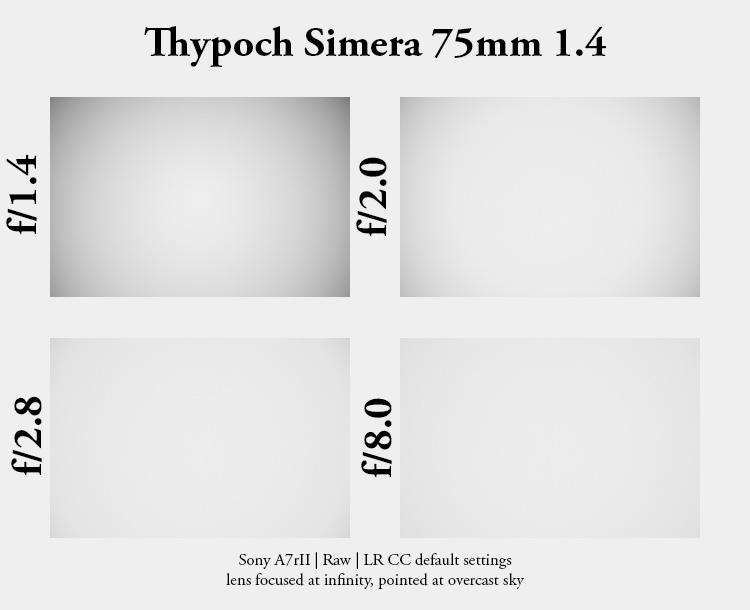
| f/1.4 | 2.4 |
| f/2.0 | 1.7 |
| f/2.8 | 0.9 |
| f/4.0 - f/16 | 0.6 |
These vignetting figures are pretty much identical to what I have seen from the Voigtländer VM 75mm 1.5 Nokton and also the Leica 75mm 1.4 Summilux-M and the 7Artisans 75mm 1.25 perform similar in this category.
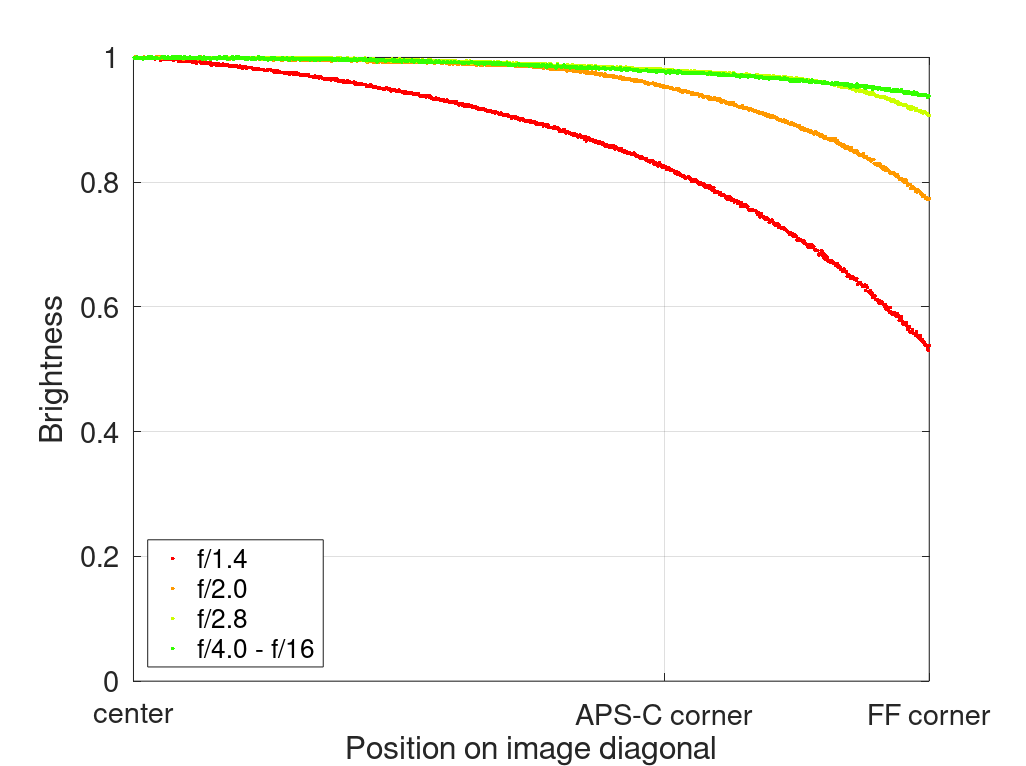
It is recommended to have a look at this article first to get an idea how this brightness graph works.
Optical vignetting
Fast lenses usually show a significant amount of optical vignetting. Without going too much into technical details optical vignetting leads to the truncation of light circles towards the borders of the frame.
In the center of the frame almost every lens will render a perfect circle, but only lenses with very low optical vignetting will keep this shape in the corners.
So in the following comparison we move from the center (left) to the extreme corner (right) and see how the shape of the light circle changes.
I did shoot these lenses side by side and used a test target located 1.2 m from the camera to ensure they are focused at exactly the same distance, so the size of the circles is directly comparable.
Generally also here the Simera and the Voigtländer perform very similar. On closer inspection there are a few things to talk about though. Despite its slower f/1.5 f/Stop the Voigtländer creates slightly bigger circles in the center of the frame. The Simera shows a little less optical vignetting in the midframe though.
Stopped down to f/2.0 I obviously prefer the Simera’s perfectly round circles whereas the Voigtländer’s straight aperture blades create rather unnatural 12-sided figures.
Only the Simera features an aspherical element, but – as was already the case for the other Thypoch lenses – the polishing is really good, as I do not see any onion ring structures at all.
Sharpness
Focus Shift
I do not see any field relevant focus shift here. Good news for rangefinder users and also an advantage over the Voigtländer VM 75mm 1.5 Nokton.
infinity (24mp Leica M10, 42mp Sony A7rII)
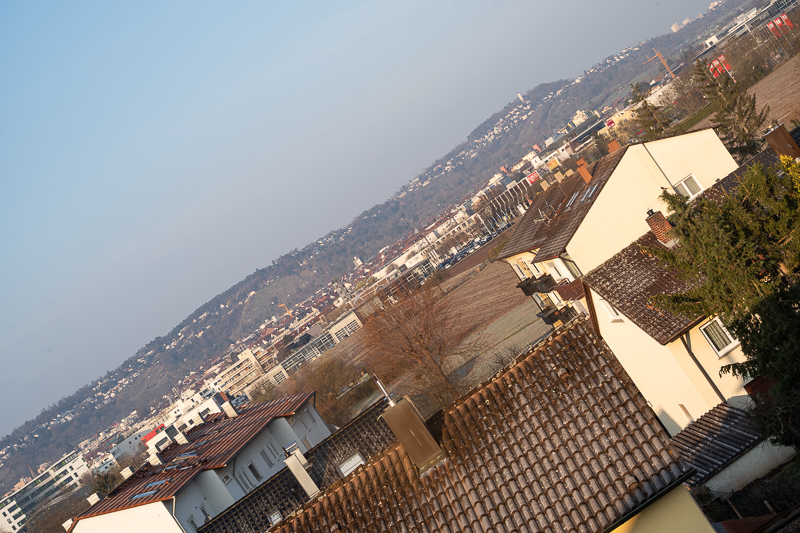
The Simera 75mm 1.4 shows a good performance in the center as well as the midframe from f/1.4 on the Leica M10. As was already the case for the Simera 50mm 1.4, there is no midzone dip to be found here, which is always good. For the corners to look really good stopping down to f/5.6 to f/8.0 is advisable though.
The Voigtländers 75mm 1.5 Nokton and 75mm 1.9 Ultron looked a bit better in the corners at wider apertures, but that isn’t really a difference that would influence my buying decision here.
This lens performs worse on the Sony A7rII with its thick filter stack – as we would expect. The midframe looks way worse and needs f/4.0 to f/5.6 to look decent. Interestingly the corners look pretty good from f/4.0, so also on the Sony camera stopped down to f/5.6 you can expect very good across frame performance.
portrait distance 2.0 m (24mp Leica M10, Sony A7III)
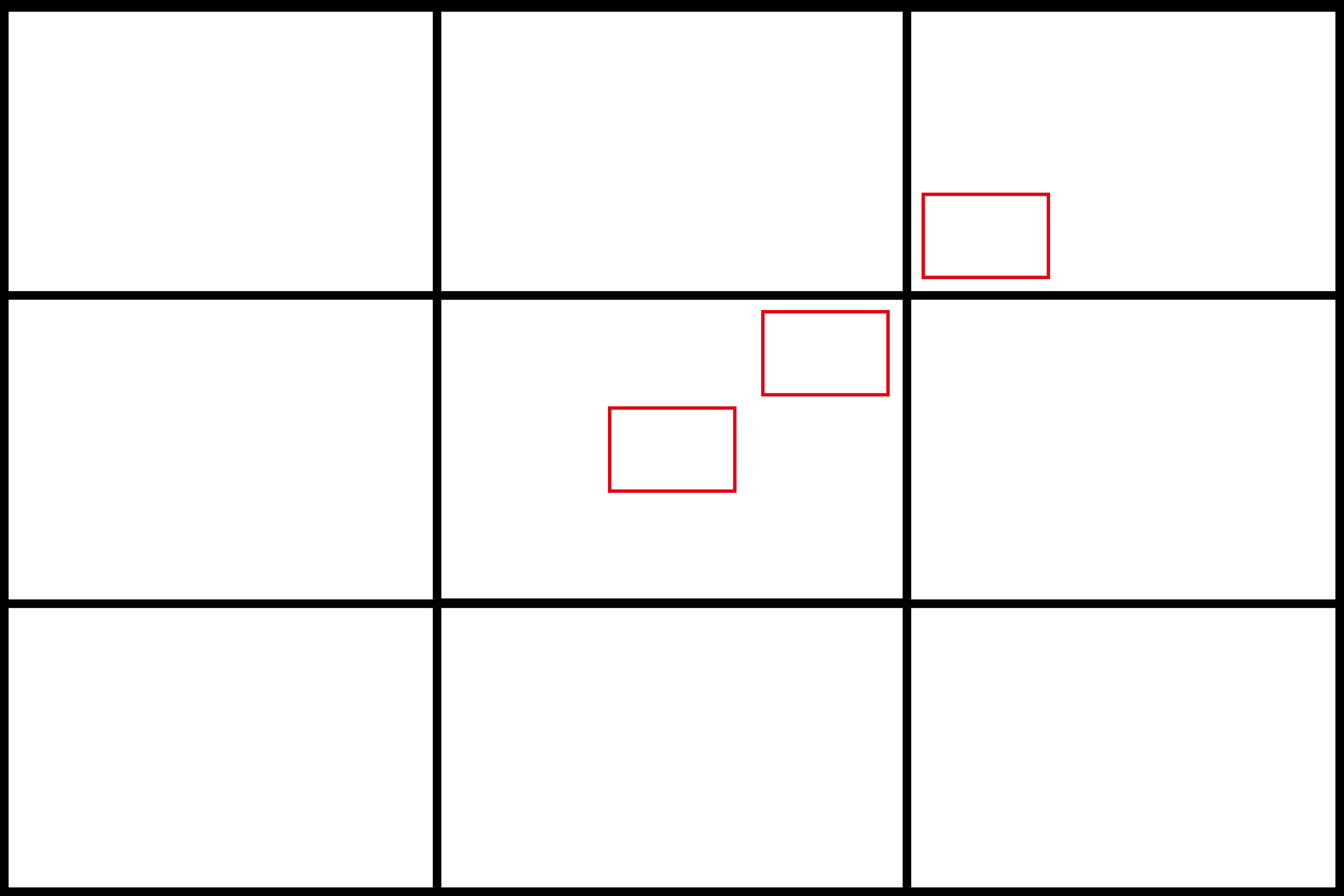
I refocused for every shot and aperture to get the best possible result at different locations in the frame (center, inner midframe and outer midframe).
The circle of the dollar bill is more or less the size of a human eye.
We will be looking at 100% crops from the 24mp Sony A7III and the Leica M10. Both cameras do not have an anti aliasing filter in front of the sensor. Focus distance was 2.0 m.
Leica M10 <—> Sony A7III
At these distances the Simera 75mm 1.4 shows a very good performance. If you move away from the center it looks better on the Leica, as is to be expected, as the lens should be optimized for its thinner filter stack.
All the Simera lenses are strong performers in this category and I am pretty sure their floating elements designs are one of the main reasons for that.
The Voigtländer VM 75mm 1.5 Nokton is a bit softer here when looking at 100% crops, whether that is actually meaningful in the field is debatable though.
close 0.6 m (42mp Sony A7rII)
This Thypoch Simera 75mm 1.4 features a floating elements design, so despite its – compared to the Voigtländer VM 75mm 1.5 Nokton’s – shorter minimum focus distances we should expect good performance at wider apertures here.
This is in fact the case. This Simera is only a little bit softer at f/1.4, but I definitely consider it more than usable. The Voigtländer VM 75mm 1.5 Nokton shows a significant amount of spherical aberration at closer distances, leading to a much softer focal plane.
The Voigtländer VM 75mm 1.9 Ultron actually offers an even shorther minimum focus distance of 0.5 m, but it is also rather soft at f/1.9 here.
Flare resistance
If you are a regular reader you already know: evaluating the flare resistance of lenses is not an easy endeavour as a slight change in scenario can have a huge impact on the performance.
I see a typical performance for a fast portrait lens here: a notable amount of veiling flare with strong point light sources in the frame.
Stopped down the situation is similar. Luckily ghosting isn’t really a problem with this lens, but you may want to watch out for significant veiling flare with the sun just outside the frame. As you can see from the sample below this can really ruin your shots.

The Voigtländers VM 75mm 1.5 Nokton and 75mm 1.9 Ultron actually had more issues with ghosting here and a little less with veiling flare. I will call it a draw between these three.
Coma
Having used all the Simera lenses, I have the feeling perfectly correcting Coma is not in their design criteria. Already the Thypoch 35mm 1.4 Simera and the Thypoch Simera 50mm 1.4 showed noticeable deformations at f/1.4 to f/2.0 and still some at f/2.8 and exactly the same is the case here, too.
The Voigtländers VM 75mm 1.5 Nokton and 75mm 1.9 Ultron show a bit smaller artefacts at their maximum aperture and they still look a tiny bit better at f/2.8, from f/4.0 they all look the same.
Distortion

This 75mm 1.4 shows hardly any distortion. Good news for the M-mount film shooters.
Bokeh

When it comes to fast 75mm lenses for the M-mount, there are actually not that many options compared to the 35mm or 50mm segment. The competition is still strong though, so let’s find out what this Typoch 75mm 1.4 Simera brings to the table.
Close Distance
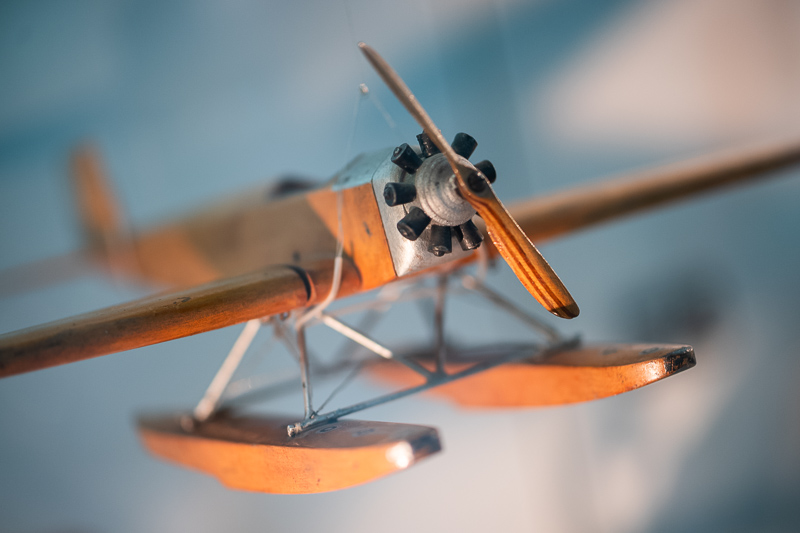
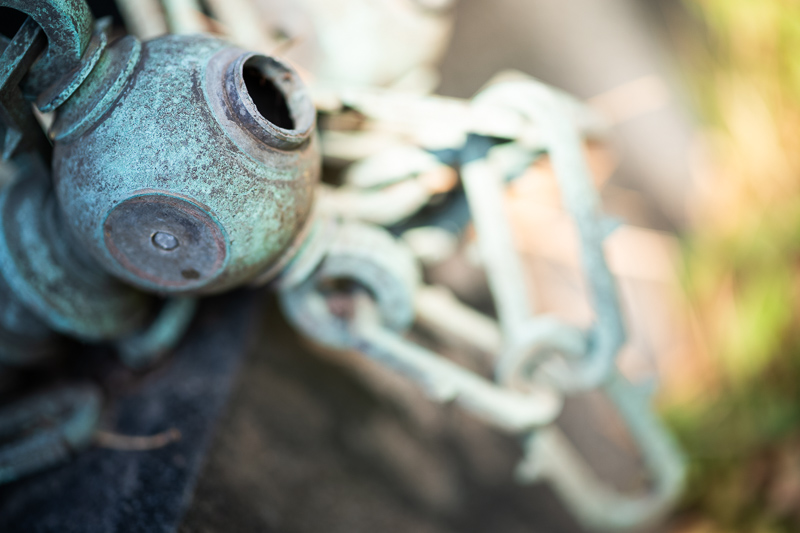
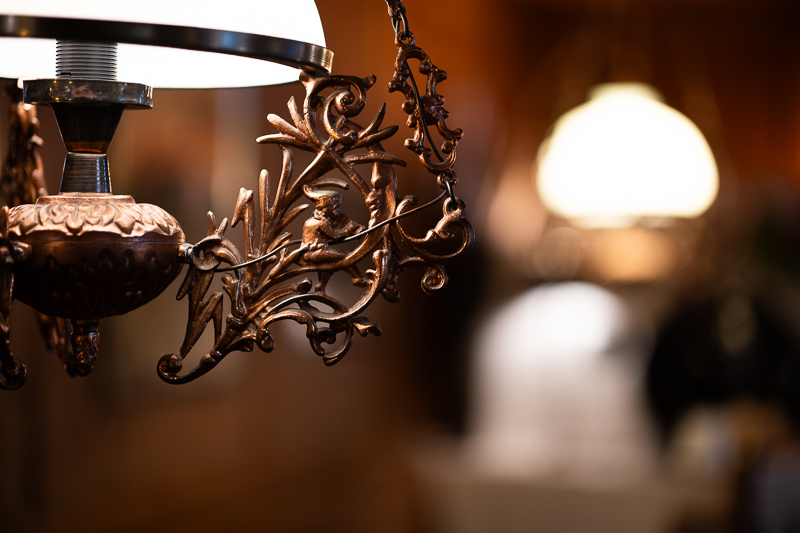

At closer distances this Thypoch 75mm 1.4 Simera is clearly at an advantage. Not only does it focus closer than all the competitors except for the Voigtländer VM 75mm 1.9 Ultron, but thanks to its floating elements design it easily outperforms all of them at wider apertures, offering superior contrast and resolution which makes the subject stand out more.
Mid Distance
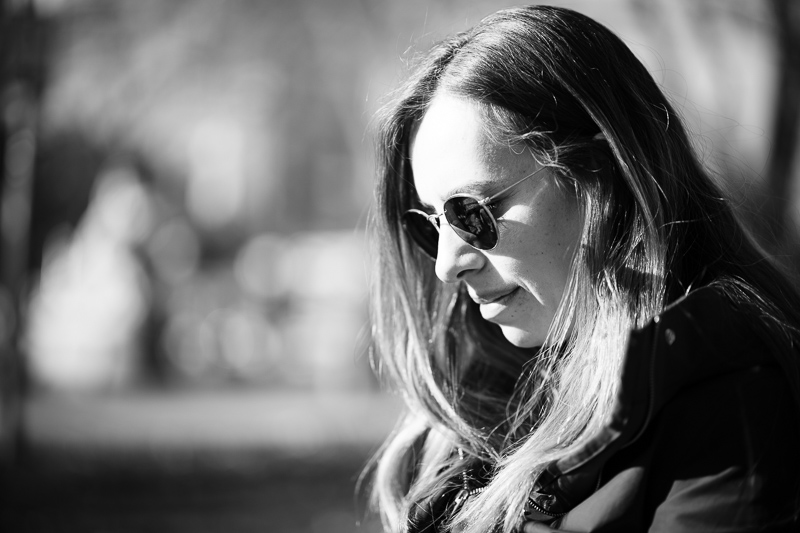

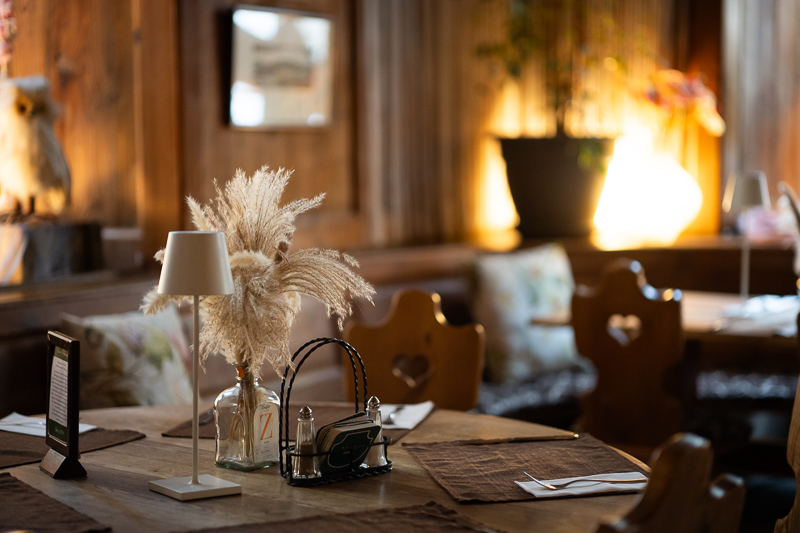

We see some optical vignetting, but as discussed before it is comparable to other fast 75mm M-mount lenses. The transition from in-focus to out-of-focus also looks pretty good to me.
Long Distance




Even at longer distances – where many lenses struggle – this lens draws an appealing bokeh, but how does it compare to the competitors? To find that out I decided to compare it direclty to the Voigtländer VM 75mm 1.5 Nokton – its direct competitor – in the following section.
Compared to: Voigtländer VM 75mm 1.5 Nokton
The Voigtländer VM 75mm 1.5 Nokton is the direct competitor to this Thypoch Simera 75mm 1.4, so I thought it would be worthwhile to do some direct comparisons. The Thypoch is slightly wider, so I cropped the pictures taken with it to give the same field of view as the Voigtländer. The camera being used for these comparisons is the Leica M10.
Scene 1: Forest Close
Scene 2: Forest Mid
Scene 3: City Mid
Scene 4: City Mid
Scene 5: Forest Far
Scene 6: Forest Far
Scene 7: Forest Far
Observations
What can we learn from these side-by-side comparisons?
The Thypoch creates slightly stronger blur, as was to be expected considering it is a tiny bit faster. In the scenes 1 and 2 it also shows higher contrast – this is the floating elements design at play – further adding to the subject separation against the background.
The general bokeh quality between these lenses is very similar. However, at longer distances with complex backgrounds the Thypoch creates a smoother rendering.
The differences are not huge and I doubt I would be able to tell these lenses apart without a direct comparison, but if I had to make a pick based on the performance in this category, I do not see any reason to pick the Voigtländer over the Thypoch.
Sunstars
Thypoch has really figured this one out. Normally lenses with such a high number (16) of rounded aperture blades do not create distinct sunstars, but here the production tolerances for the diaphragm seem to be pretty tight, as we see nice sunstars with an even length of the rays from f/4.0 to f/16.
If you want to know more about sunstars have a look at this article.
I really wonder why not more manufacturers manage to strike this balance between a high number of rounded blades and nice sunstars stopped down.
Chromatic aberration
lateral
This lens show only minimal lateral CA so I have nothing to show you here this time.
longitudinal
The amount of bokeh fringing, meaning green outlining in the background and magenta outlining in the foreground, is average for a 75mm 1.4 lens. This means there are some visible at f/1.4 and stopping down to f/2.0 is not sufficient to completely get rid of it. By f/2.8 the amount is hardly field relevant anymore.
At f/1.4 there is only minor purple fringing, stopped down to f/2.0 it is already gone.
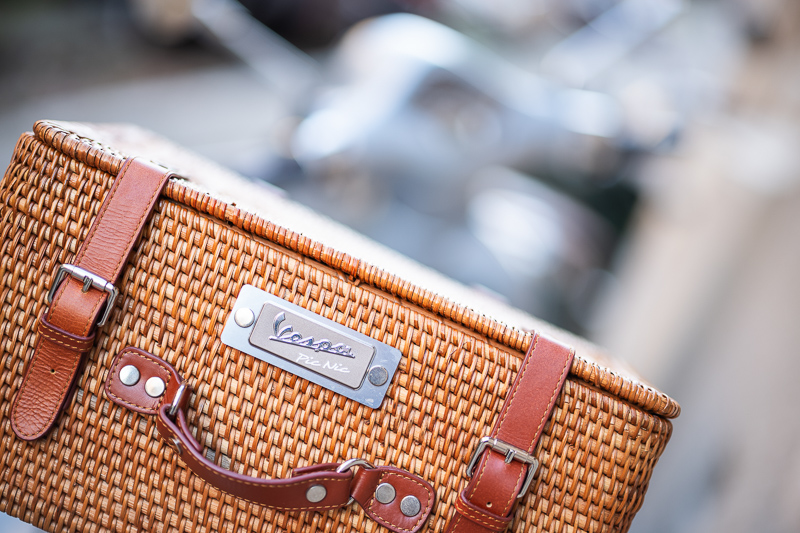
The Voigtländer 75mm 1.5 Nokton as well as the 75mm 1.9 Ultron show a similar performance in this category.
Conclusion
good
|
average
|
not good
|
With every new Simera lens we saw some improvements thanks to the feedback of a few reliable reviewers. After the 28mm and 35mm we got rid of the annoying and useless infinity lock and here the focus throw at closer distance is acceptable for the first time (was still an issue with the 50mm 1.4). Now what is left for the next lenses are a proper aperture ring with equidistant stops and getting rid of that useless “Visifocus” distance scale in favour of better ergonomics (actually readable distance scale and bigger focus ring).
As was already the case for the other Simera lenses I can only say positive things about the optical performance and also about their aperture diaphragms, as they combine perfectly round highlights with appealing sunstars.
Among the Simera lenses this is actually my favorite so far. While it is ~10% heavier than the Voigtländer VM 75mm 1.5 Nokton, it brings a floating elements design to the table that really makes a difference. While the Voigtländer VM 75mm 1.9 Ultron focuses even a bit closer (0.5 vs 0.6 m), this Thypoch 75mm 1.4 Simera is much sharper at these distances at its maximum aperture.
The regular readers already know what I care about in a fast portrait lens: good contrast and resolution at focus point at typical portrait distances and appealing bokeh. And here this Simera easily beats the competition, especially the Voigtländer VM 75mm 1.5 Nokton, as my comparison has shown. If I was to buy a fast 75mm M-mount lens today, this is certainly the one I would be getting.
buy from manufacturer’s shop (use code PRNET for free shipping) | ebay.com | ebay.de | B&H (affiliate links) for $849
Alternatives
Voigtländer VM 75mm 1.5 Nokton:
I already compared these lenses in most of the sections above and also did a bokeh comparison. I do not see a lot of reasons to pick the Voigtländer over the Thypoch.
The Thypoch features a better minimum focus distance and thanks to its floating elements design generally performs better at closer distances. On top of that it also creates a more appealing bokeh to my eyes.
The Voigtländer is 40g lighter and features better ergonomics, but that alone wouldn’t be enough for me to sway the scale if I was deciding between these today.
buy from amazon.com | amazon.de | B&H | ebay.com | ebay.de for $899 (affiliate links)
Voigtländer VM 75mm 1.9 Ultron:
Out of all these 75mm lenses the 75mm 1.9 Ultron focuses closest (down to 0.5 m), but it lacks the floating elements design, so at closer distances you will often find yourself stopping down a bit for really crisp pictures. It is also about 100g lighter and slightly smaller than this Thypoch, which might make enough of a difference for you.
buy from amazon.com | amazon.de | ebay.com | B&H (affiliate links) for $699
Voigtländer 75mm 1.8 Heliar Classic:
I used this the Heliar Classic in the past, Phillip wrote a review, neither of us was impressed with its performance. Better get one of the modern 75mm Voigtländer lenses or this Thypoch.
buy from ebay.com | ebay.de for ~$400 (affiliate links)
Leica 75mm 1.4 Summilux-M:
This Leica lens is very big and heavy, very expensive and a design from the late 1970s. It doesn’t create a modern/smooth bokeh but more of a vintage/busy one. Now personally I see no reason to get this over this Thypoch or either of the two modern Voigtländers, but not everyone shares my opinion and one of this lens’ fans wrote a guest review here on the blog, so have a closer at it and decide for yourself if it is worth to you spending 3.5 k on this one.
buy from ebay.com starting at $3.500 (affiliate links)
Leica 75mm 1.25 Noctilux-M:
In late 2017 Leica released this even faster 75mm 1.25 as successor to the aforementiond lens. It looks like a very sharp lens from some measurements lensrentals conducted, but because of the small M-mount diameter it unsurprisingly suffers from very strong optical vignetting and personally I really wonder how much sense a 1.0 kg lens that barely even works with the rangefinder makes for the M-mount system.
It is the only other fast 75mm M-mount lens that features a floating elements design, but only focuses down to 0.85 m.
For the same price of this lens you can also get any high-end fullframe camera with the latest and best eye AF in combination with any AF portrait lens you desire, a setup which will get you better results with less hassle. Your pick.
buy from amazon.com | amazon.de | B&H | ebay.com | ebay.de (affiliate links) for $14.395
7Artisans 75mm 1.25:
This is actually one of my two favorite 7Artisans lenses (as of early 2025). Is it as sharp as the aforementiond Leica lens? Not really. But I found it to be sharp enough for any application I can think of for a 75mm lens and drawing a very nice and pleasing bokeh. In the end I decided to go with the 75mm 1.5 Nokton back in the day (for being 250g lighter and slightly closer focusing) but it was actually a close call.
buy from amazon.com | amazon.de | B&H | ebay.com | ebay.de for $449/499€ (affiliate links)
MS-Optics 73mm 1.5 Sonnetar:
If you are looking for the smallest and lightest (~200g) lens in class that would be this MS-Optics lens. The build quality and handling is not nearly as nice as what either of the Voigtländer, Leica or Thypoch lenses has to offer, it isn’t as sharp and has more CA and flare issues.
Some people really enjoy the Sonnar rendering of this one though, personally I saw it more as an f/2.0 lens because of some aberration issues at f/1.5 and therefore preferred to stick with my VM 75mm 1.5 Nokton.
you can sometimes find this lens on ebay.com (affiliate link) for about $1000
Sample Images
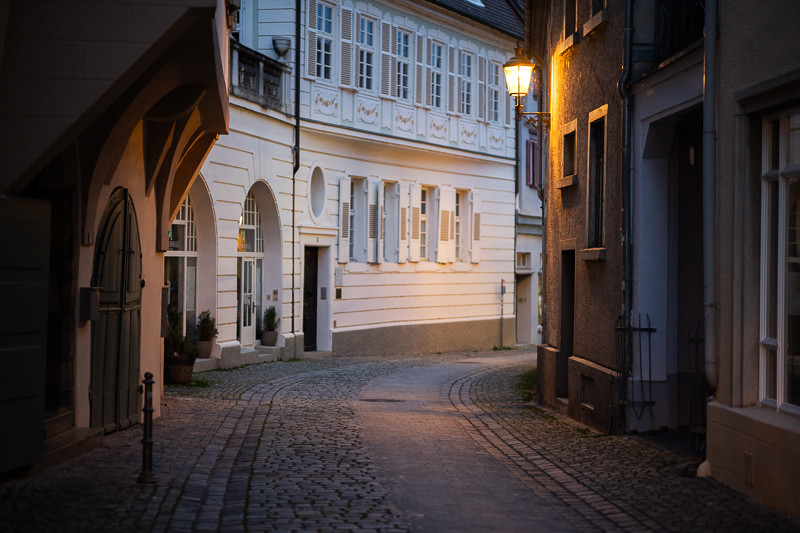

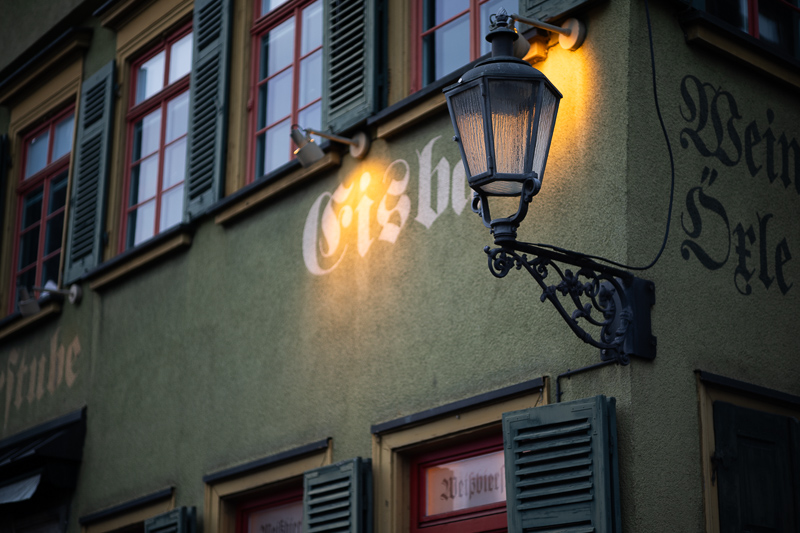
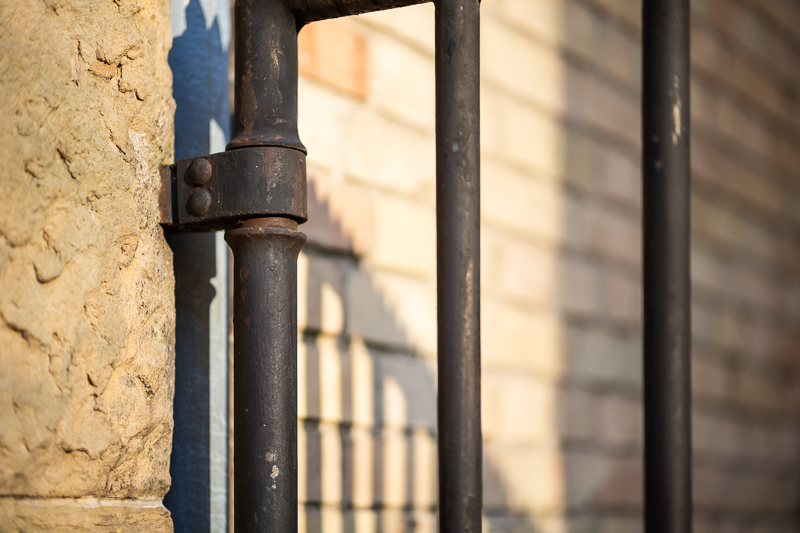


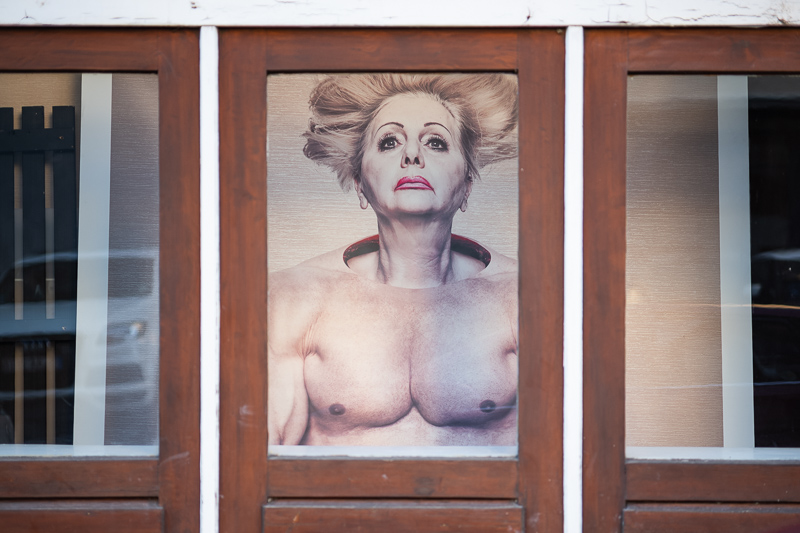
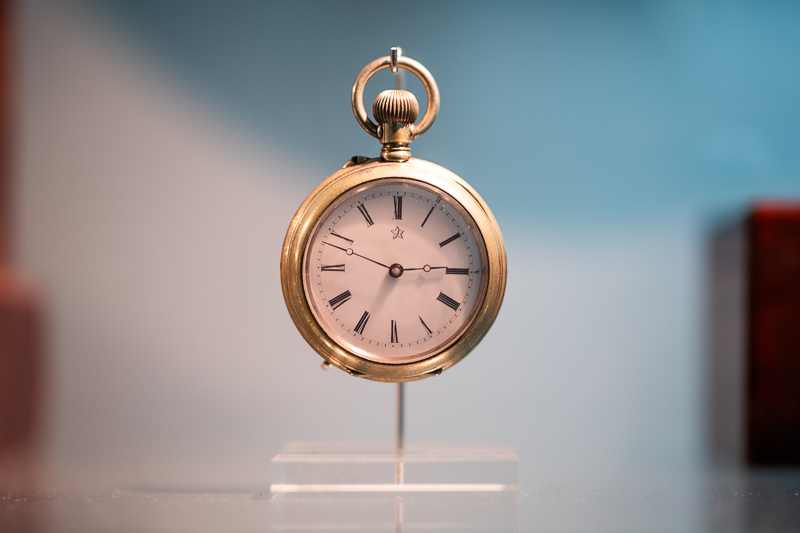

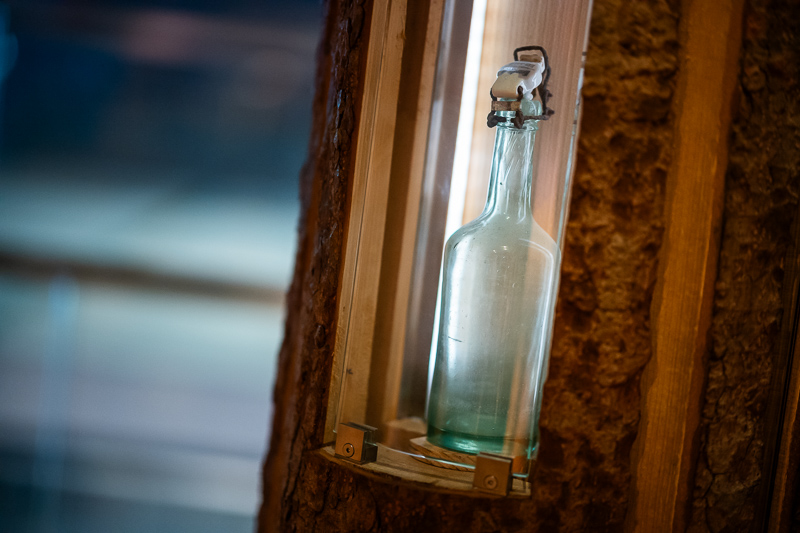
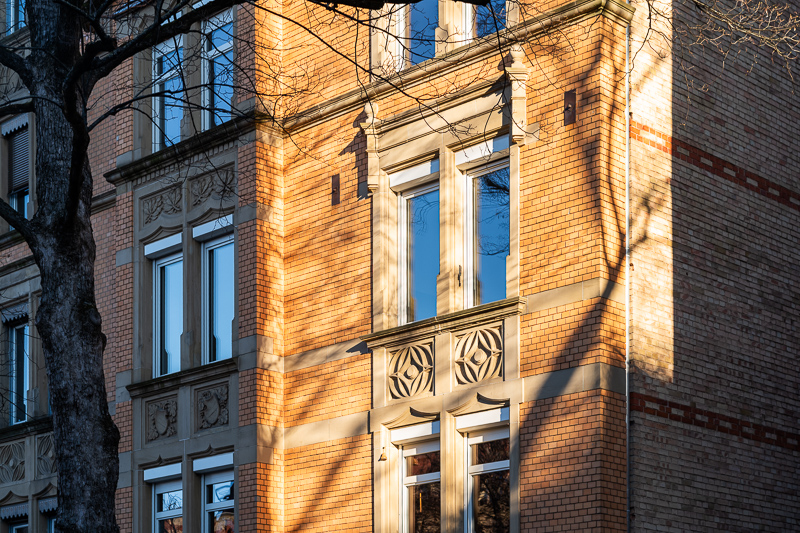

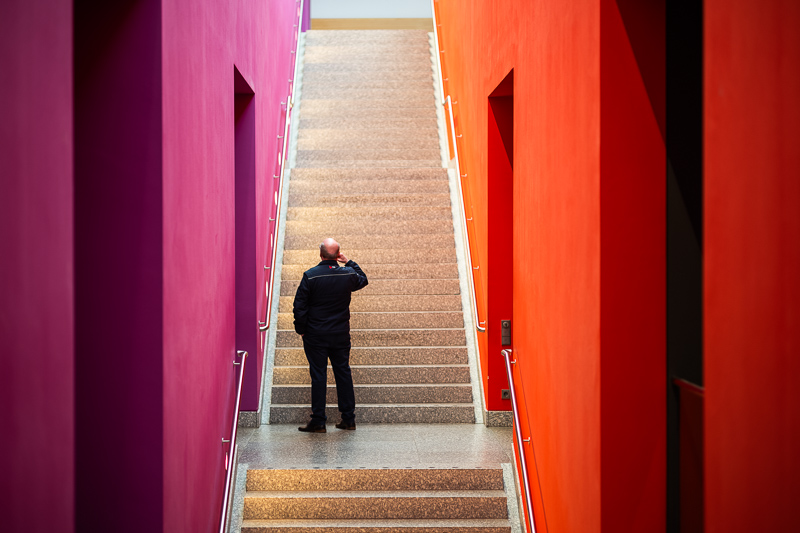
You can find most of the sample pictures in this article in full resolution here.
Further Reading
- All M-mount Lens Reviews
- Lens aberrations explained
- Review: MS-Optics 24mm 2.0 Aporia
- Review: Leica 50mm 0.95 Noctilux-M Asph
- Review: Minolta 90mm 4.0 M-Rokkor
- Follow us on Discord
Support Us
Did you find this article useful or just liked reading it? Treat us to a coffee!
![]()
![]()
![]() via Paypal
via Paypal
This site contains affiliate links. If you make a purchase using any of the links marked as affiliate links, I may receive a small commission at no additional cost to you. This helps support the creation of future content.
Latest posts by BastianK (see all)
- 2025 – Year in Review - December 23, 2025
- Review: Sony FE 70-200mm 4.0 G Macro OSS II - December 20, 2025
- Review: Viltrox AF 35mm 1.2 FE LAB - December 17, 2025
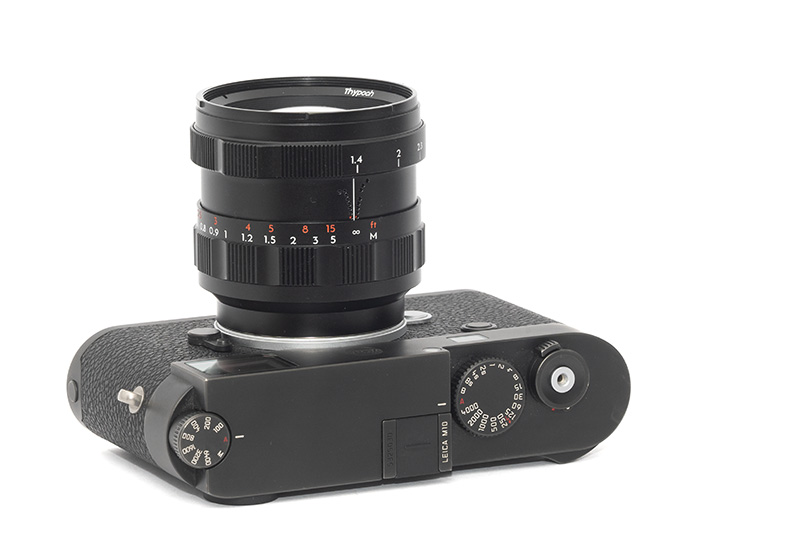
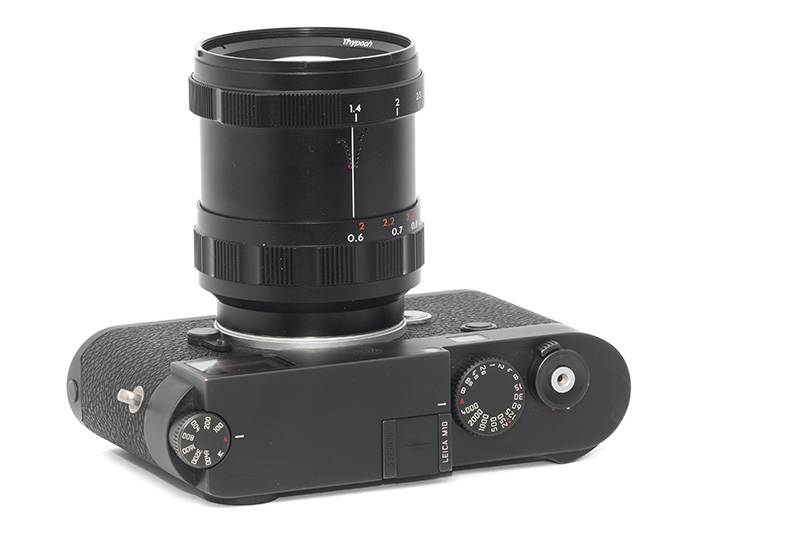
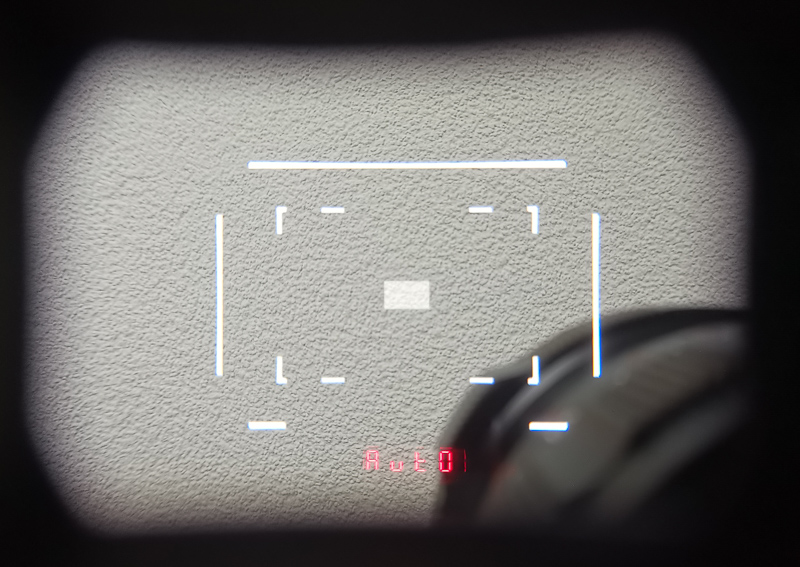
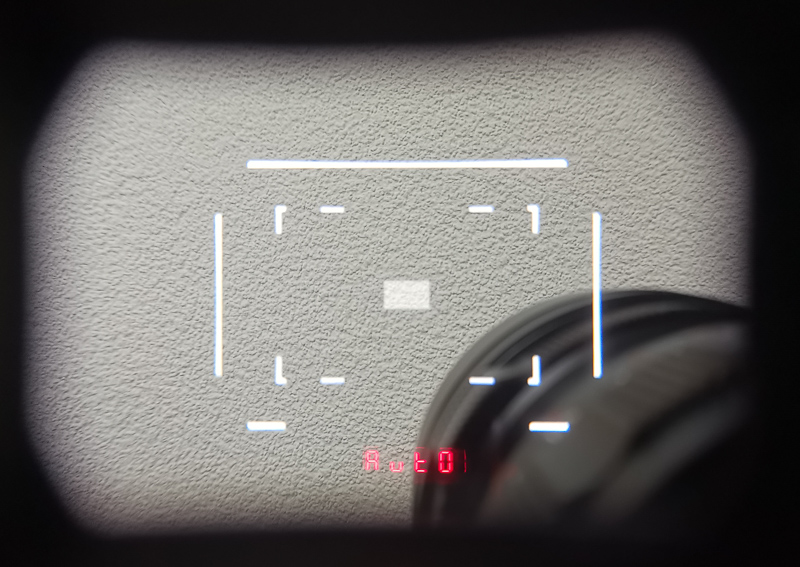
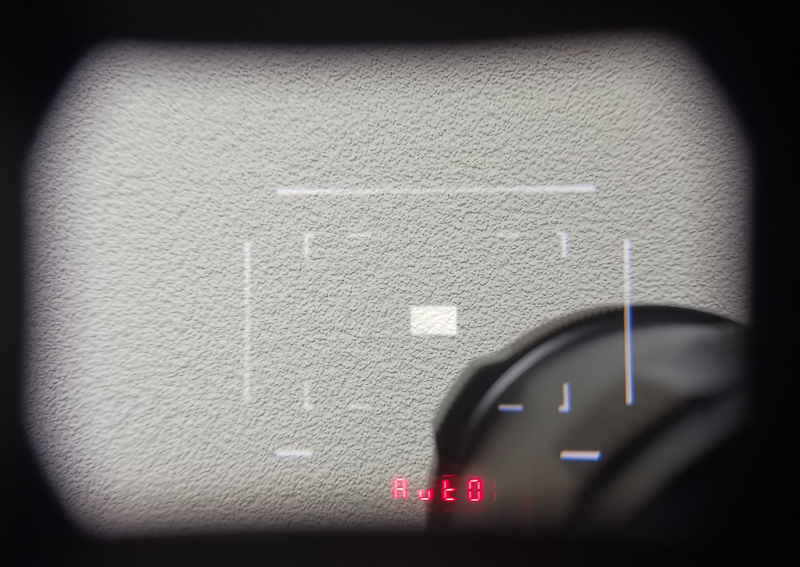





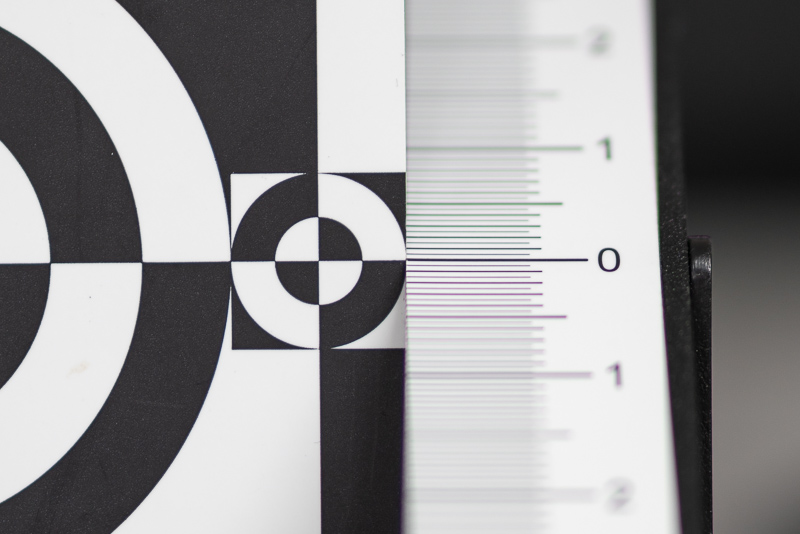
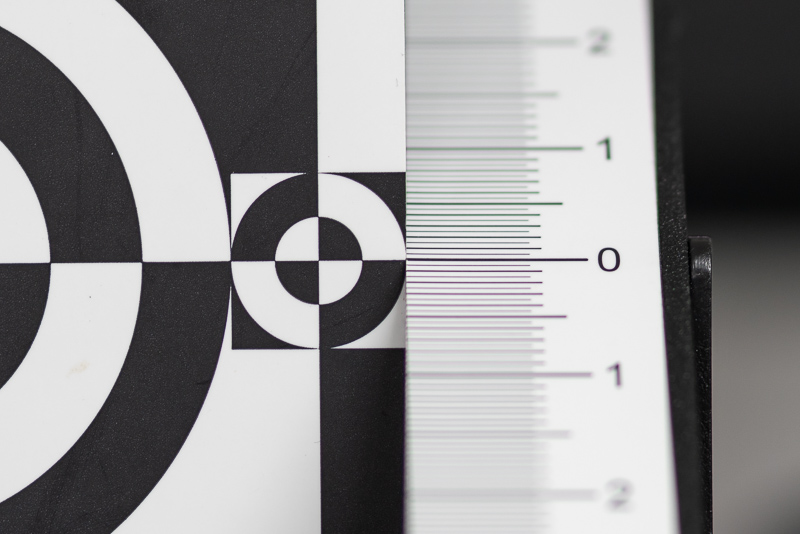

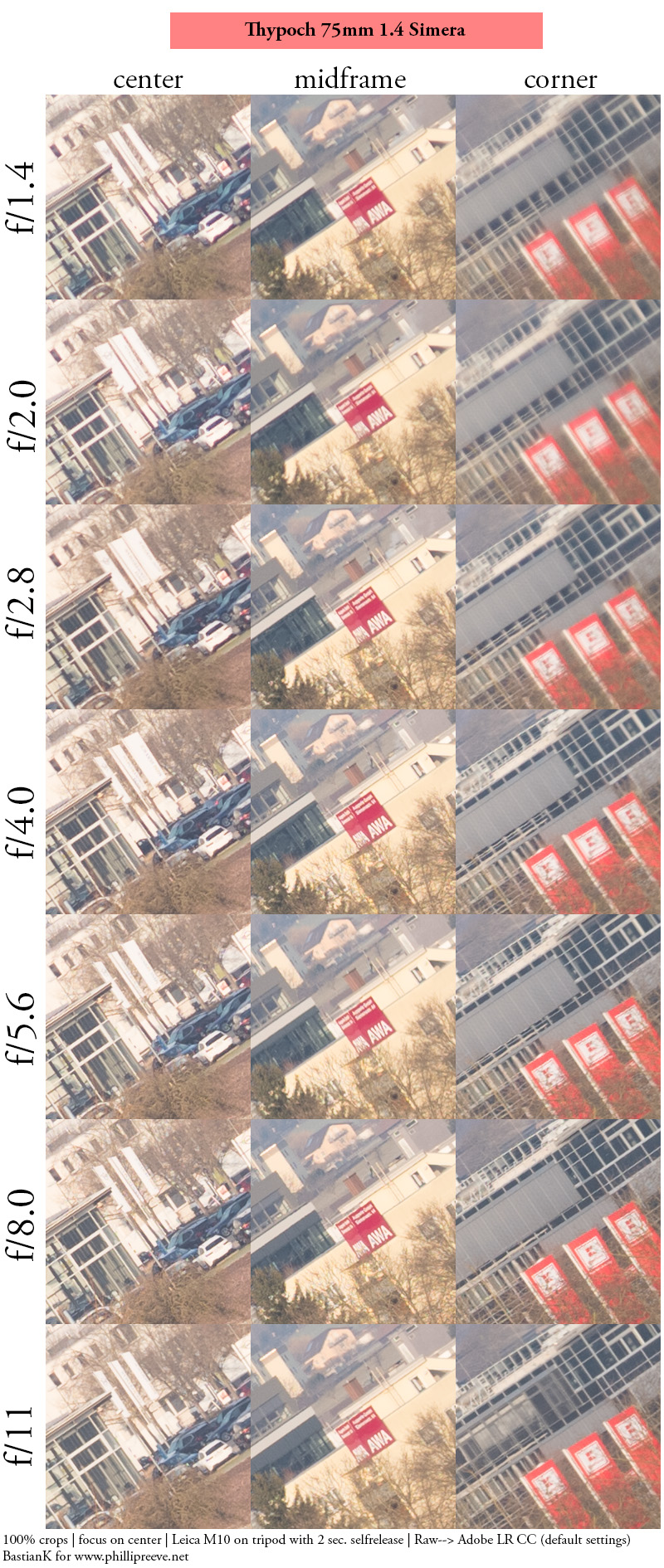

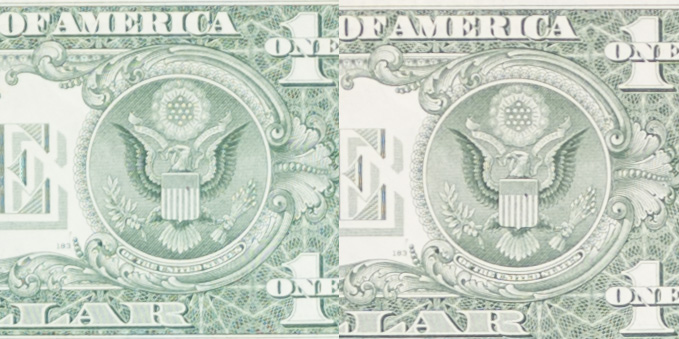
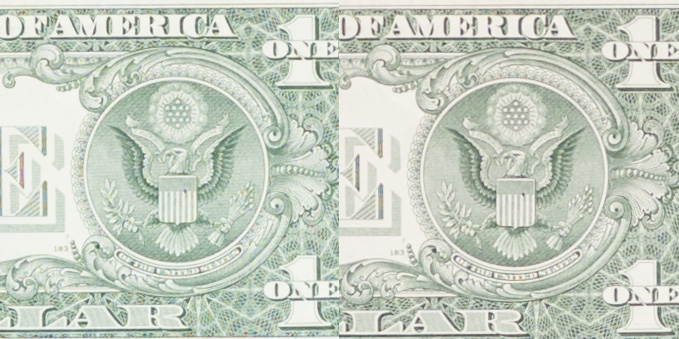
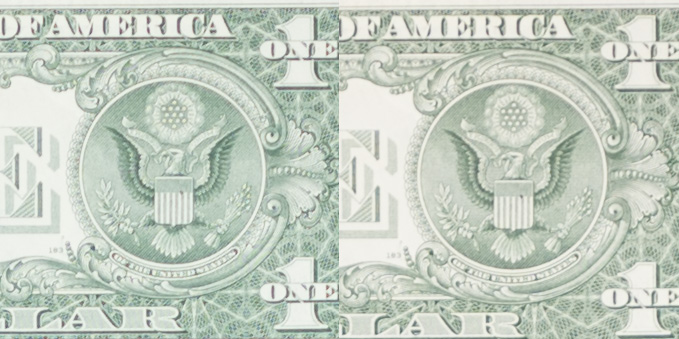
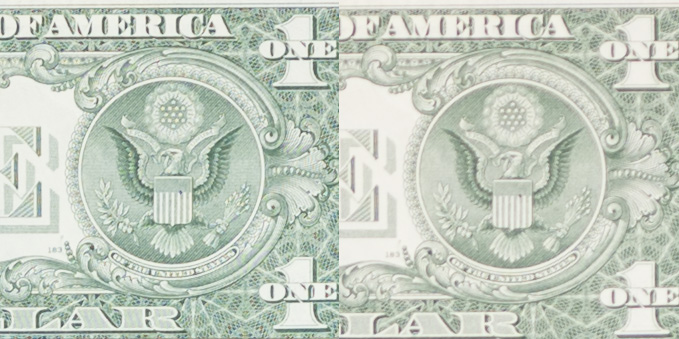

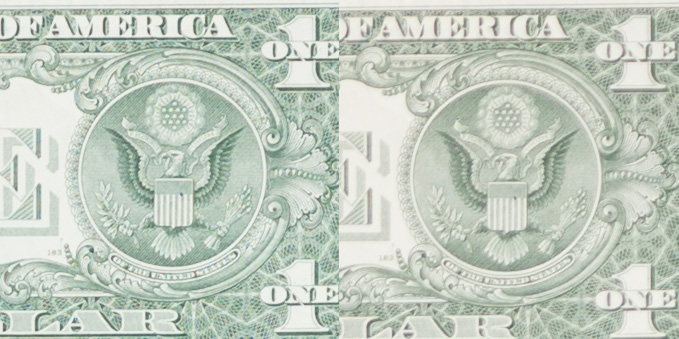




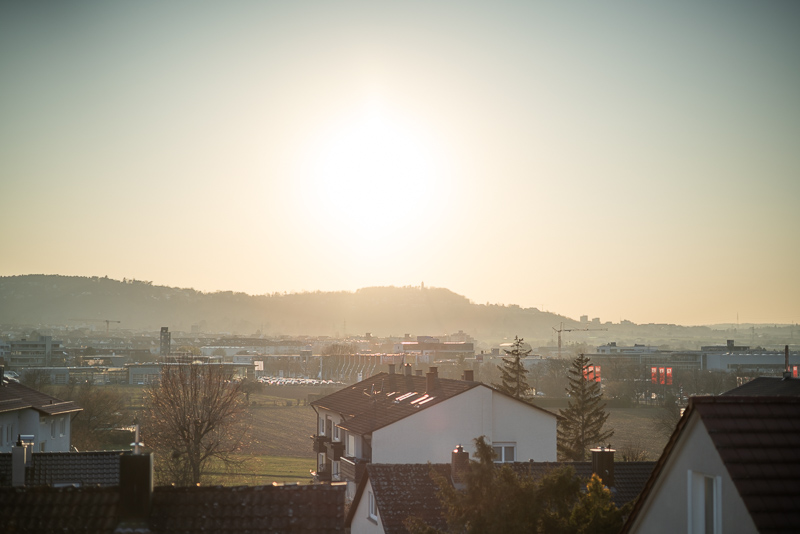
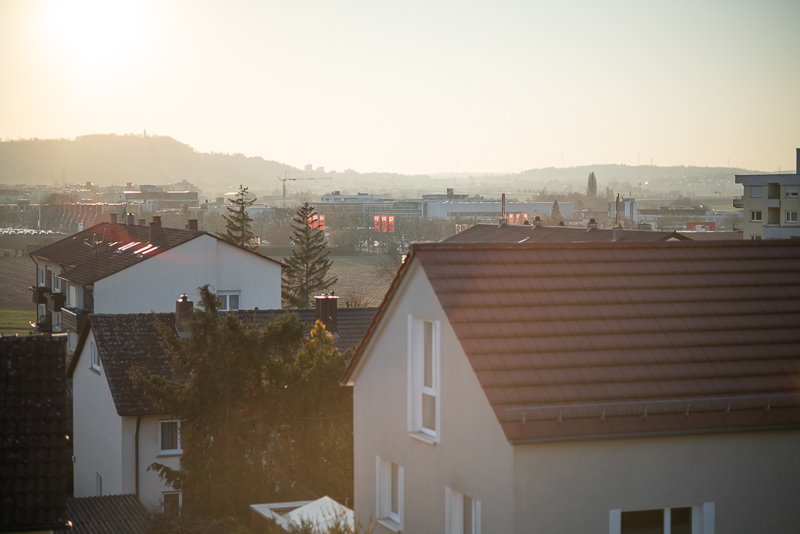


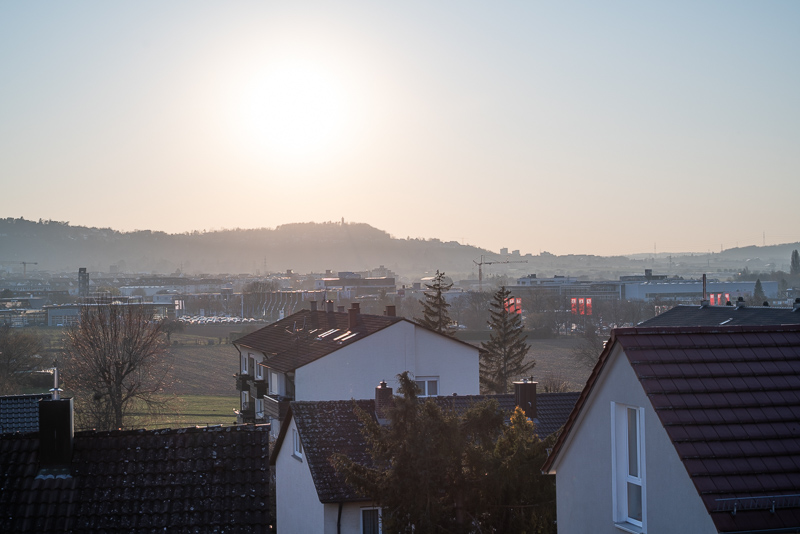

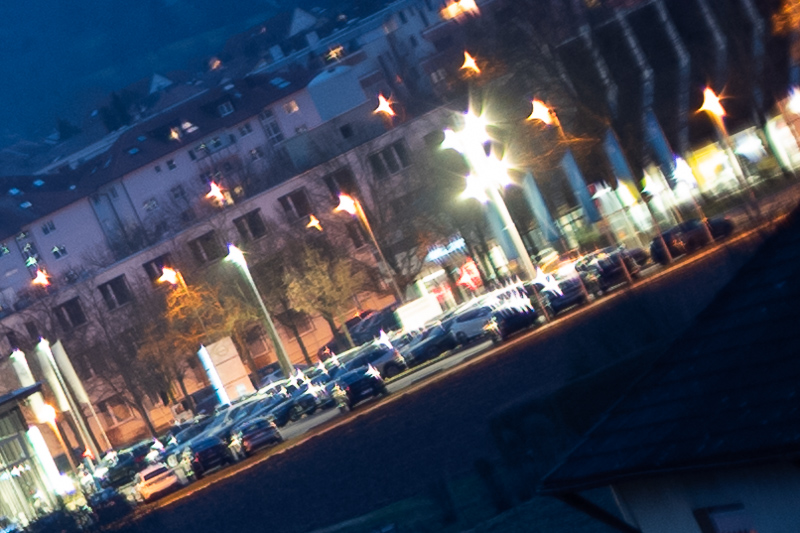
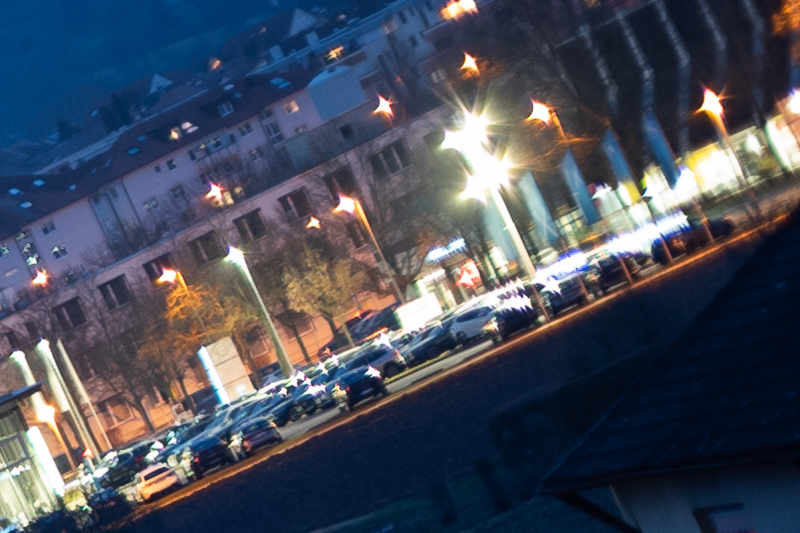

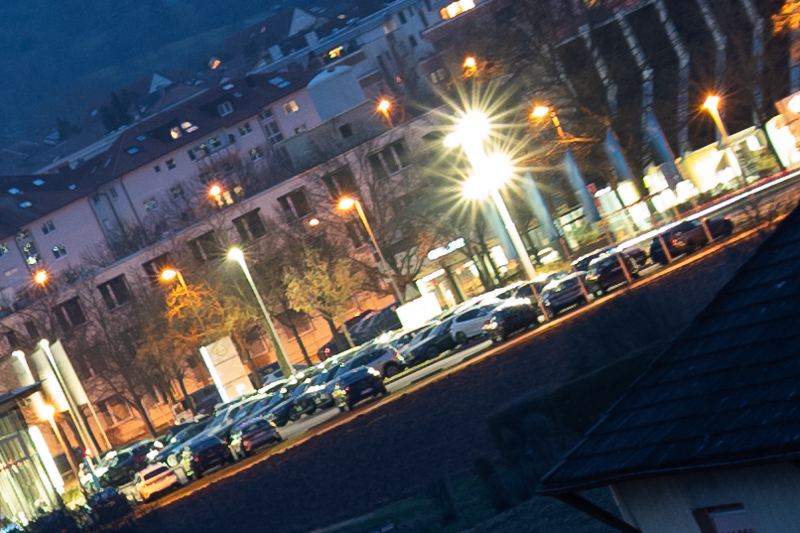



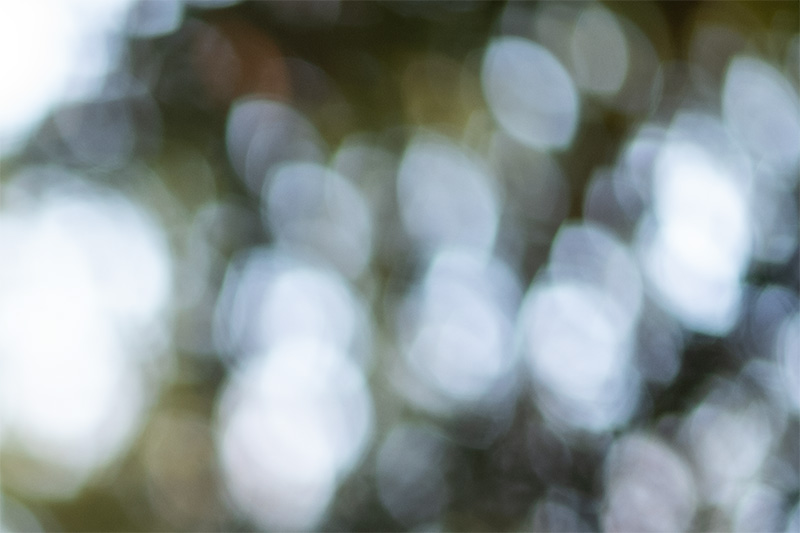
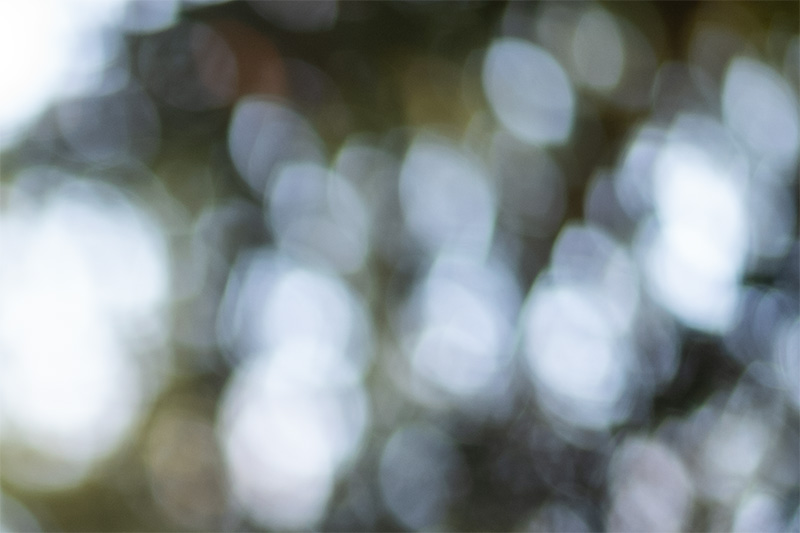

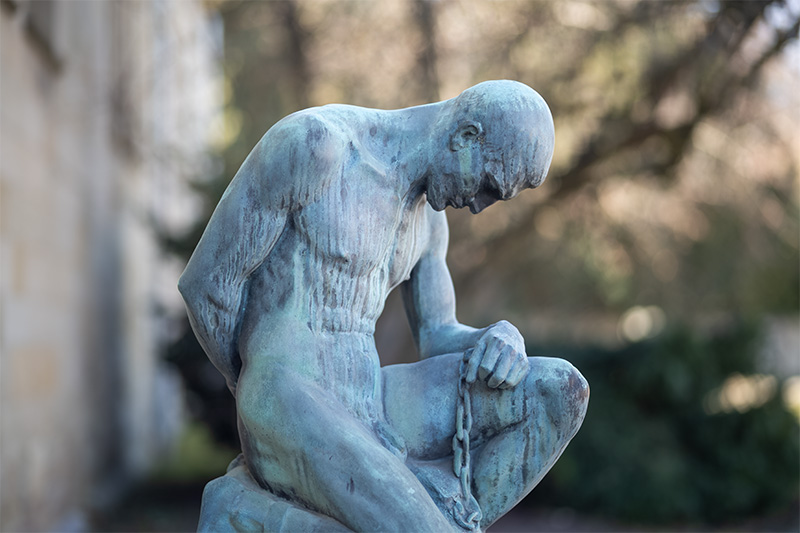
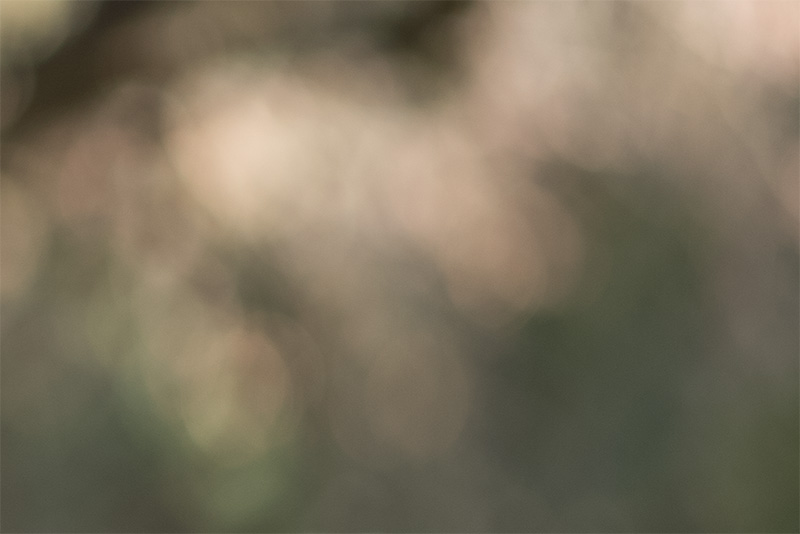
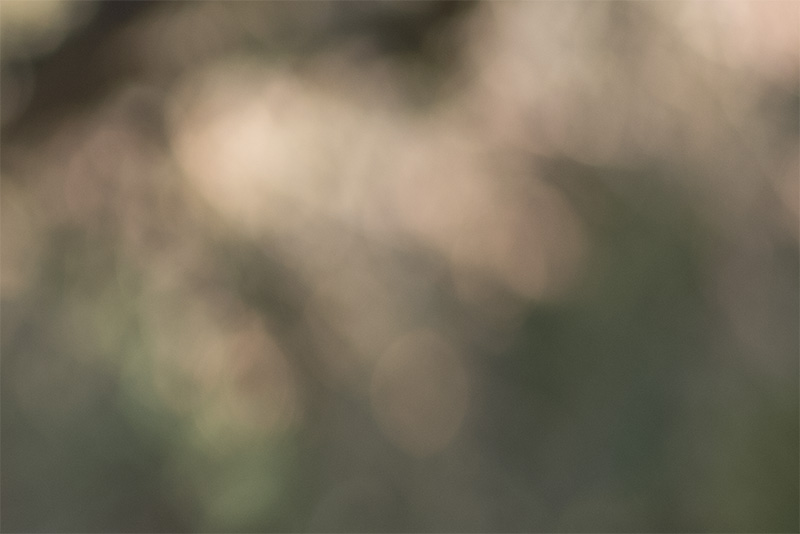


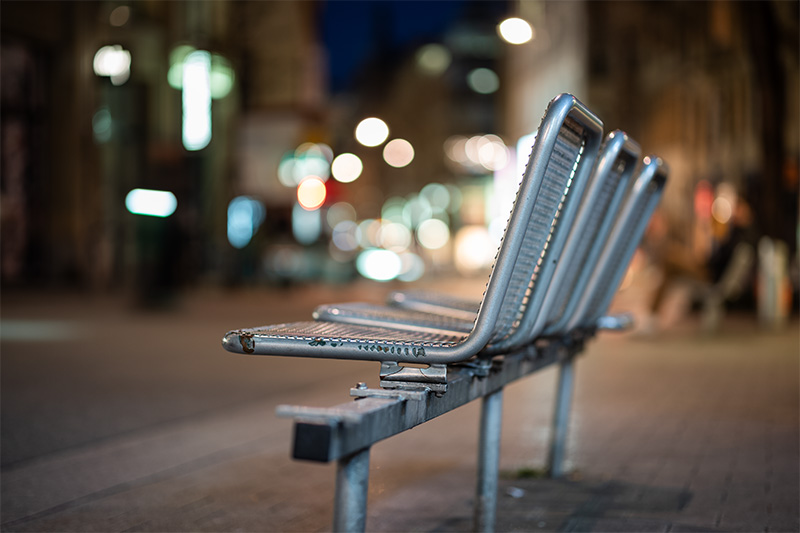


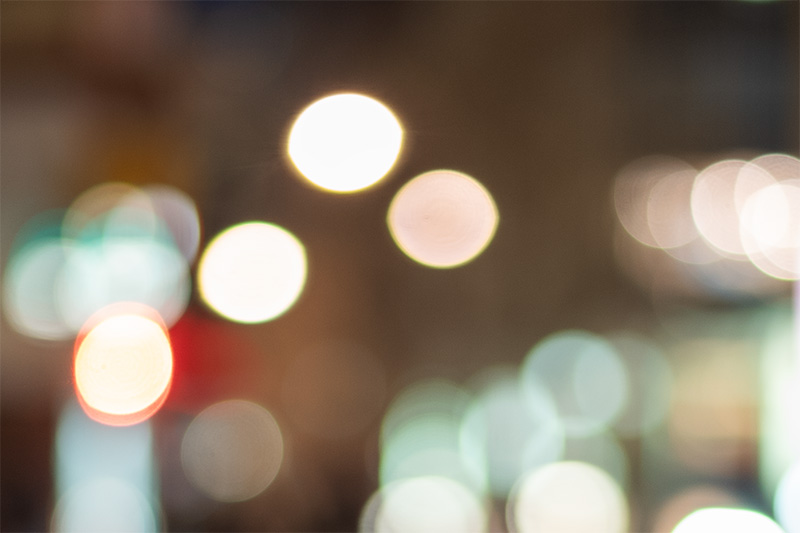



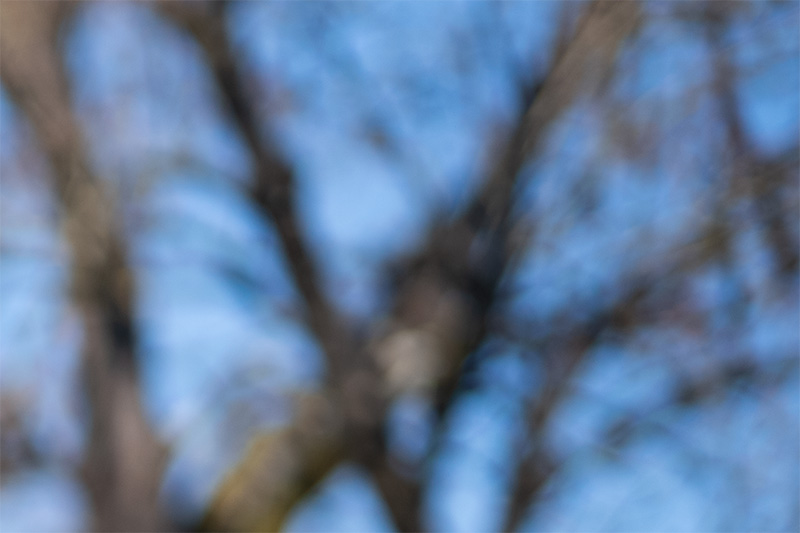






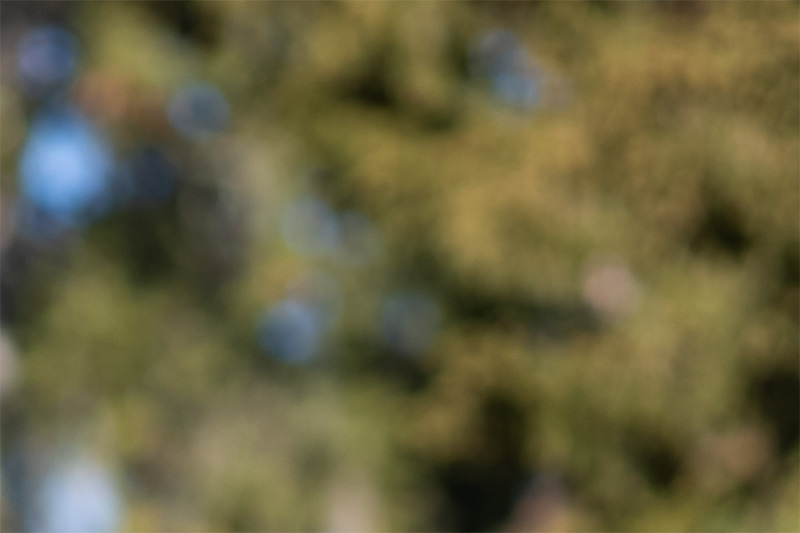
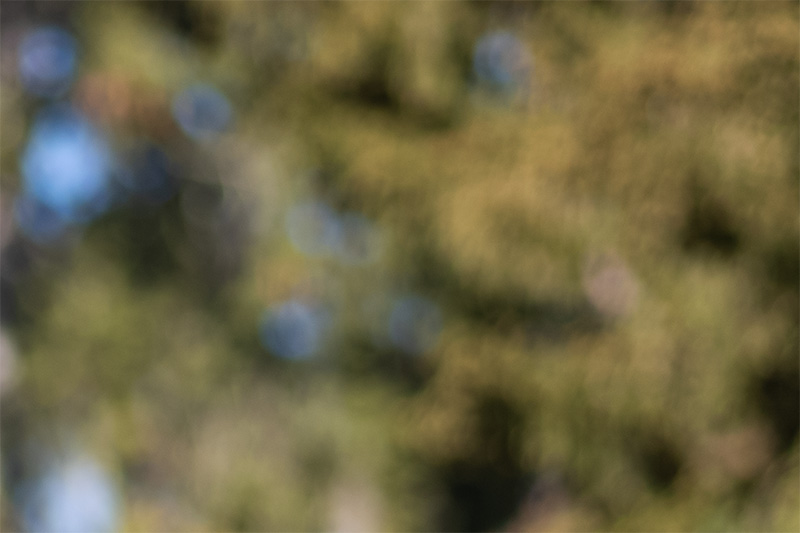
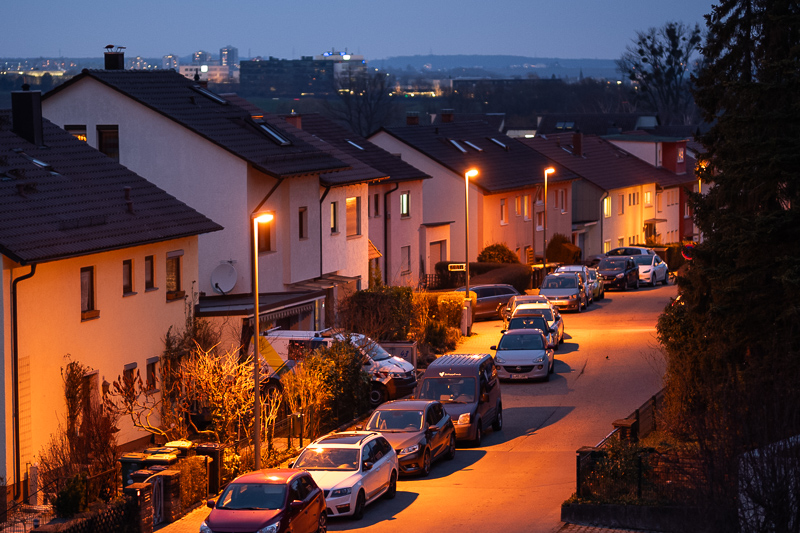

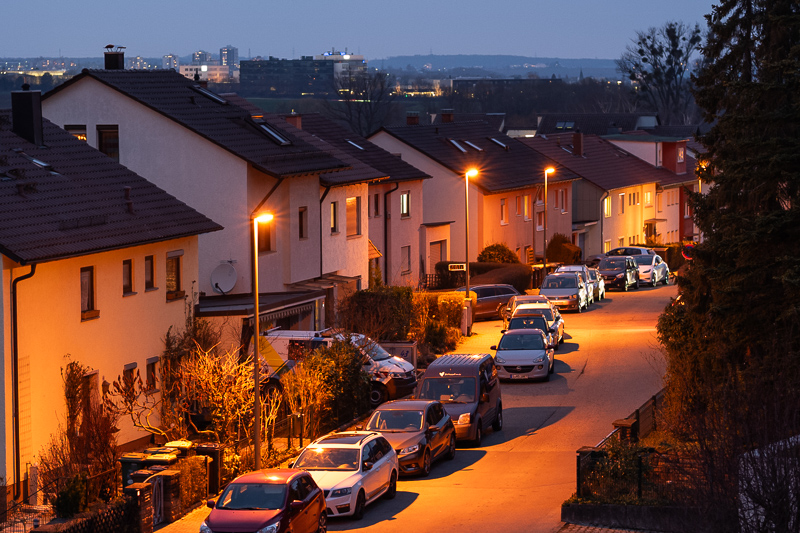
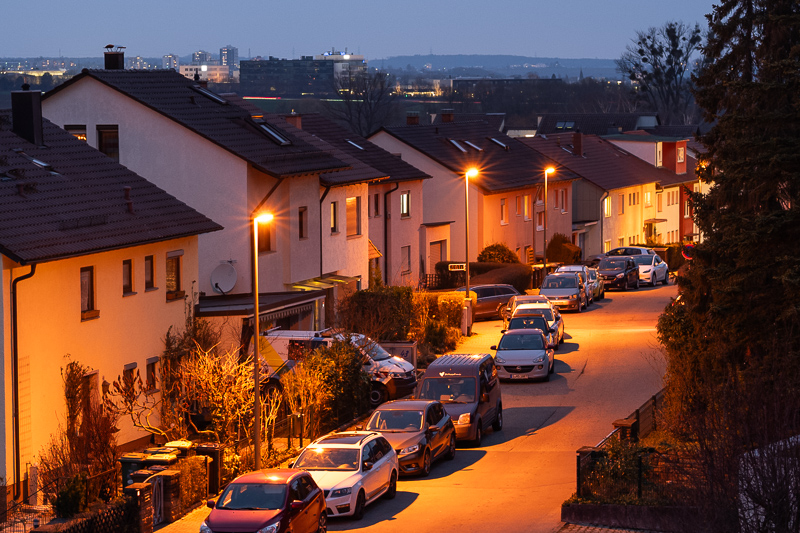
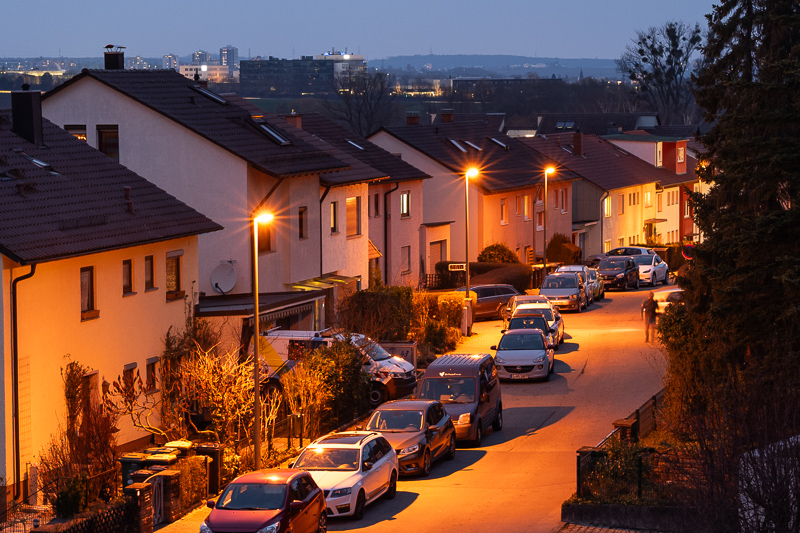
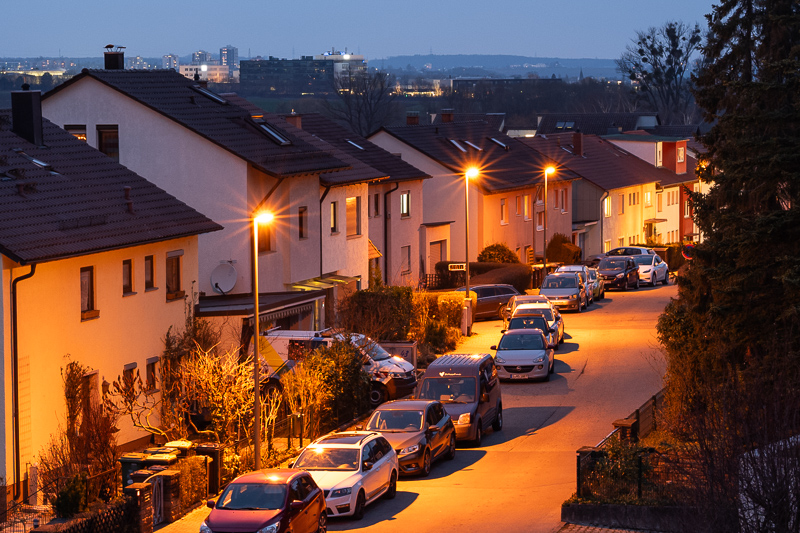

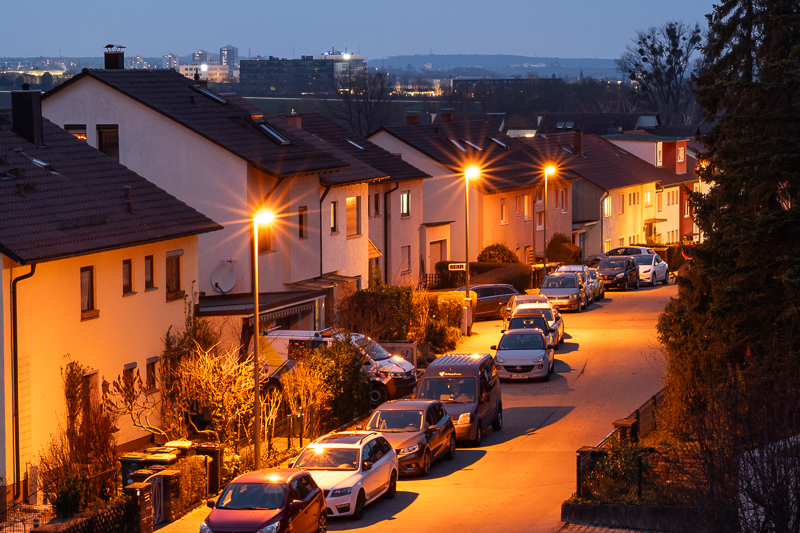



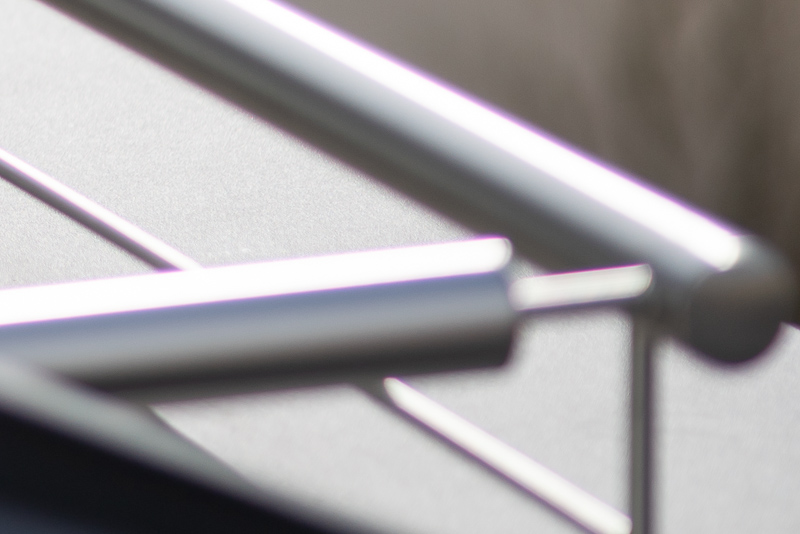
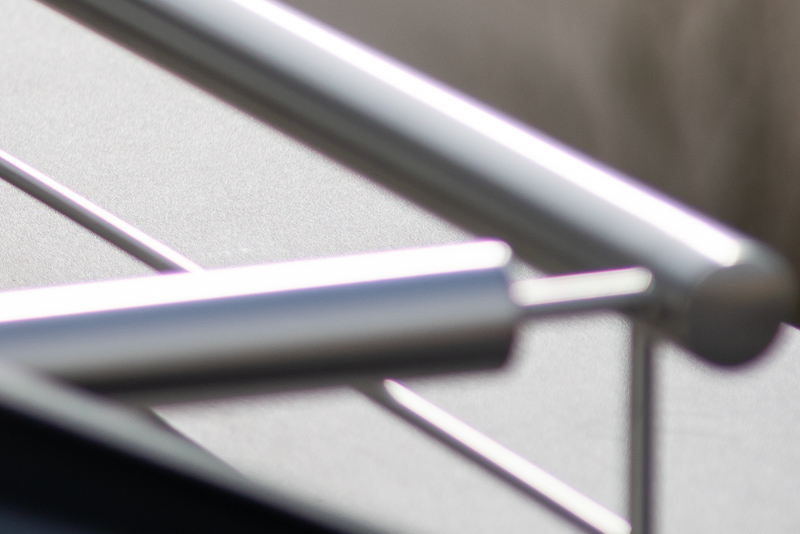



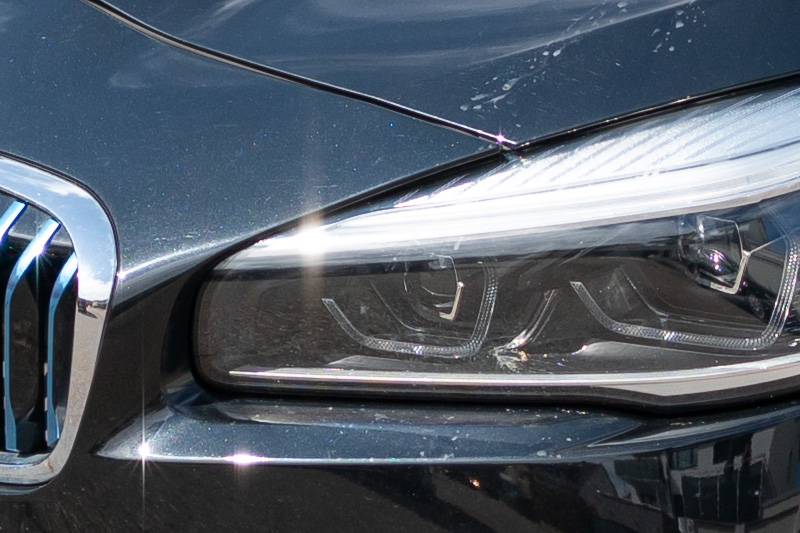
What an outstanding lens! Only if it performed as well on Sony as it did M Mount ;(
Did you try it with the AF adapter?
As this lens features a floating elements design it doesn’t make a lot of sense to pair it with an AF adapter.
Ahh that makes sense. Well, I wish that they made a version of this lens that fit on FE sensors… Did you find that it performed well on the Zf?
Yeah, 50mm and above there is hardly any downside using M Mount lenses on a Zf.
We can expect that the 50mm, 75mm, and 21mm will also eventually be released for E and Z mount.
I just wished they made them for e-Mount from the ground up :/ maybe they eventually will if they discover people would buy them but for the poor sharpness and field curvature on e-Mount
They take really beautiful images, right up there with Voigtlander for sure
I should probably never try the 75mm Thypoch, haha.
I can totally imagine I’d actually prefer it as a light all-round tele over my two-week-old Voigtländer 90mm Apo Ultron.
While the Voigtländer is basically perfect in terms of image quality, it also feels a bit… sterile. It’s just super clean, without any real “look” or character. Especially when I compare it to my older non-Apo Summicron, the difference is definitely noticeable — sometimes more, sometimes less, depending on the subject (portrait, travel, landscape).
But the 75mm Thypoch? From f/1.4 to f/2.0 (yes, with round bokeh balls) it just looks so appealing. A really nice balance between character and technical performance.
I really should never try it… haha.
Meanwhile the Simera 75/1.4 became my “every day” portrait lens – also on the Sony A1 (providing AF when using the Techart Pro LM-EA9 adapter) due to it’s compact size and leight weight.
Will I let go the Noctilux 75/1.25 for it? No. The Noctilux still brings some extra “secret sauce” to my images.
Drat, I was afraid of this. I have always liked the 75mm viewing angle on a 36x24mm camera for people photos, so after getting my Pixii Max back from its conversion I shopped what was then available and ended up buying the 75mm f/1.9 Voigtlander. Compared to other options, I liked its minimal viewfinder intrusion, and compact size (not so noticeable when mounted on a camera, but definitely significant when carrying two or three lenses in a bag.) I’m not unhappy with the 75/1.9, but after seeing this review I can’t help admiring the Thypoc’s pretty blurs and its ~2/3-stop aperture advantage; still, under the current USA regime it’s hard to know whether the best time to buy something from China would be now, later, or never…
Very impressive photos as always, Bastian!
I don’t think it’s a huge surprise the Simera 75 manages to get slightly ahead of the Nokton 75 in a few categories. When you look at their layout, both are basically modernized variants of the classic Biotar 75 formula, with the Simera adding three additional elements for further tweaking over the Nokton’s one additional element. Probably just the cost savings of Made in China going straight back into the optics (which is a great thing to see). Otherwise the two are clearly very closely related optically, and it is refreshingly well reflected in the comparisons.
It’s always remarkable to see mere 7 and 8 element Cosina designs go toe to toe against fancy 12+ element designs and not come out horribly behind, but also nice to see what just a few more strategically chosen elements can do to refine such an already effective design.
It’s worth noting the new-ish Voigtlander 75 f/1.5 E-mount reduces the minimum focus to 0.55m. The knurled focus ring is very much a downgrade vs the old scalloped design, and at 515g is almost in a different weight category, but I’ve had great results with it on Sony and it’s something to consider over adapting either VM lens if you only shoot on Sony or other mirrorless (also in Canon RF & Nikon Z).
Cosina has also officially announced a ‘Portrait Heliar 75 f/1.8’ at CP+2025, with variable bokeh control (a la Nikon DC), but that’s E-mount only and minimum focus of 0.7m. Curiously it appears to likely share the same optical formula as the 50 f/1.5 Heliar though which is quite the wild creature (6 elements in 3 groups), certainly nothing like these modern designs, but probably will be very, very fun.
Thanks!
I am not too keen on that new 75mm 1.8 from what I have seen so far, but let’s see.
Just wanted to pop by to note that official details have now dropped on the Voigtlander 75 f/1.8 including example photos & a (Japanese language) video. From the examples, in the neutral position, it seems remarkably sharp and well-behaved for a 6 element lens with no aspherical or APD elements, but can indeed get absolutely wild (i.e. borderline useless) at the extremes. Unless the photographer is specifically interested in achieving mist-like effects or bubble bokeh, it certainly seems like the worse option.
So, I think your call regarding the Simera 75 as the better choice remains quite unchallenged. The Simera 75’s bokeh and performance is just impossible to beat at this size/weight/price. Even their color rendering and contrast seems reasonably similar to CV, which can’t be said for most brands, so it seems like a lens that could fit in well with someone already shooting primarily CV.
It’s also worth noting Thypoch also has also been rolling out the Simera-C cine line, apparently available directly for E-mount as well as M-mount, which appears to have the same optical design but a (on paper) slightly closer focus of 0.55m for the 75mm. There’s also a ‘bonus’ 21 T/1.5, maybe we’ll see in photo form before too long (a worthy Nokton 21 f/1.4 competitor??). Will be interesting to see where they go next now that there’s a solid lineup in place!
Hi, me again, looking for your educated opinion: I recently sold the Sigma 85/1.4 DG DN. Nothing wrong with it, but I wasn’t using it that much and after getting the ridiculous Nikon 200/2 VR (before the Sigma 135/1.4 was announced…), I thought there’d be only place for one portrait tele lens – I don’t want to become a lens hoarder.
However, I keep coming back to this 75mm Simera.
I’ve tried comparing yours and Juriaan’s review of the 85/1.4 but couldn’t really reach a conclusion.
So: are they more similar than different?
I like its pocketable size and would use it as an addition to CV50/2 APO and CV110/2.5 APO.
Coming from Sony with the Sigma, now using Nikon.
Interesting question.
There performance does indeed look more similar than different to me.
The Thypoch has a bit higher Coma, the Sigma has strong distortion in the raw files.
The Thypoch does focuses closer and offers a better maximum magnification – personally the bad minimum focus distance of the 85mm 1.4 lenses always bothers me a bit.
Tru dat. I actually bought an assortment of achromatic diopter lenses (+0,75, +2, +2,44, +5) to take care of that. But it’s annoying. 1:6 isn’t much, but it’s something.
The coma shouldn’t be much of an issue for my use case.
I find >800€ (including custom fees) too much for a fully manual adapted lens but meh, I think they got me.
Thanks for answering!